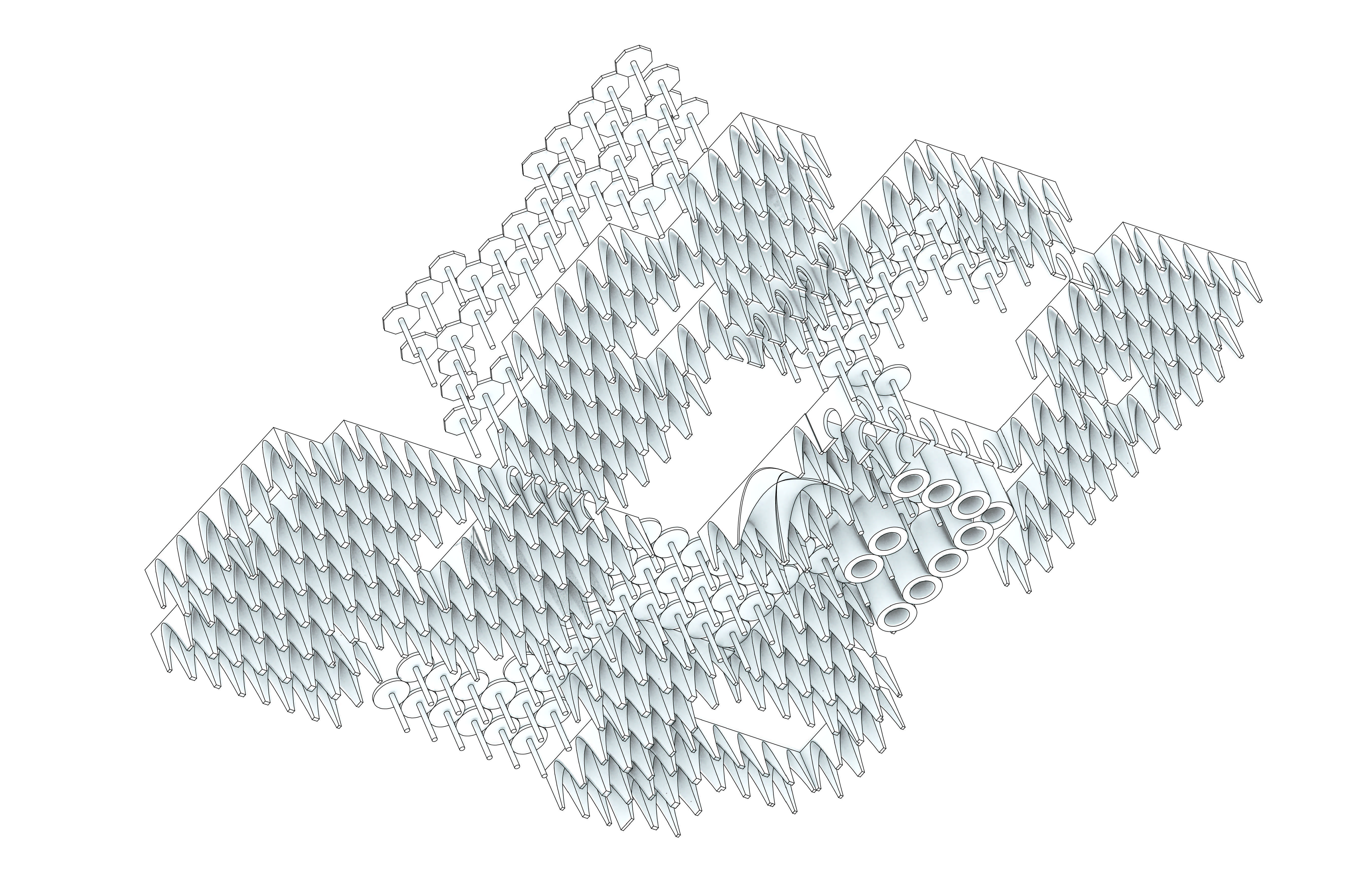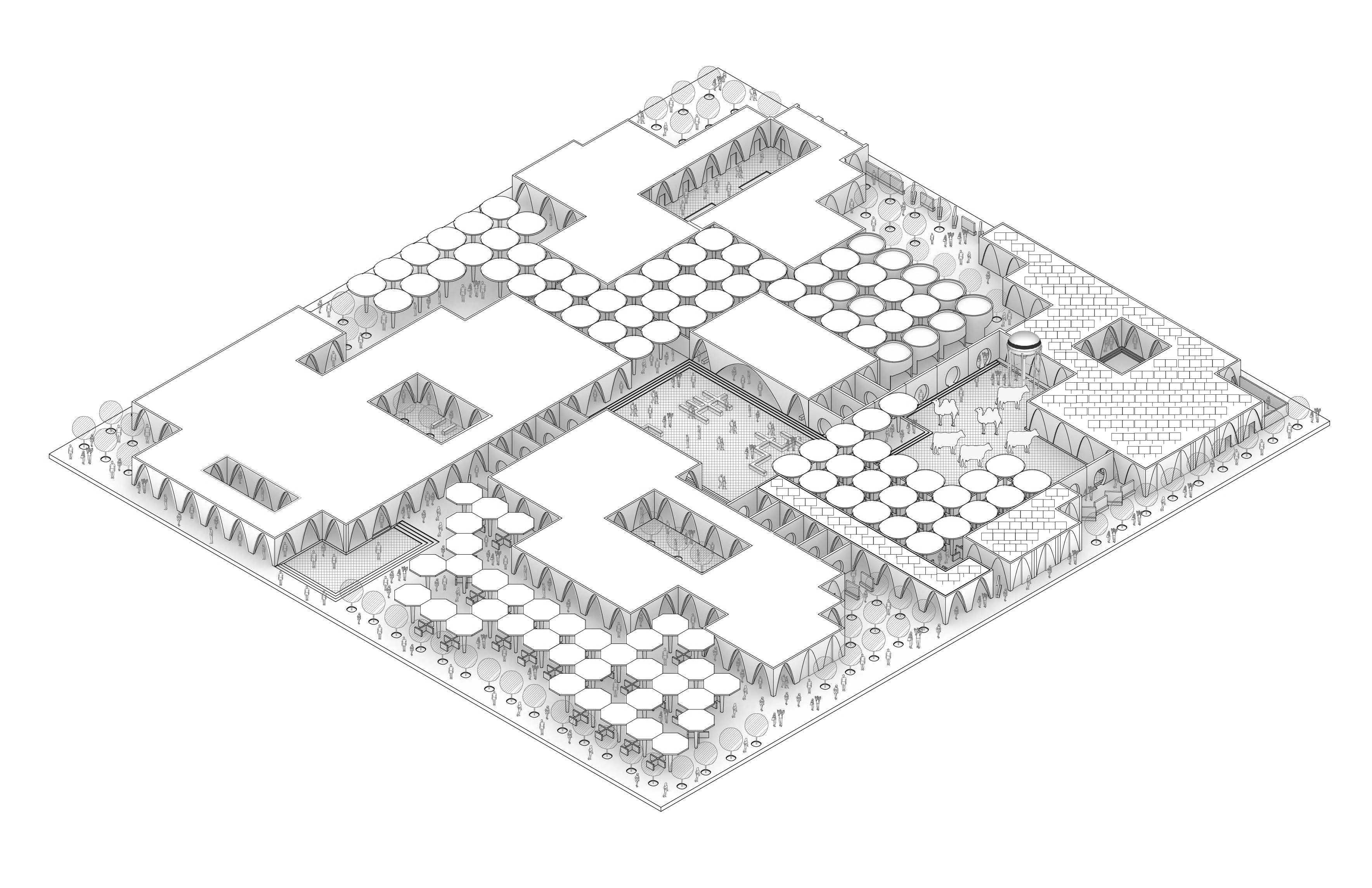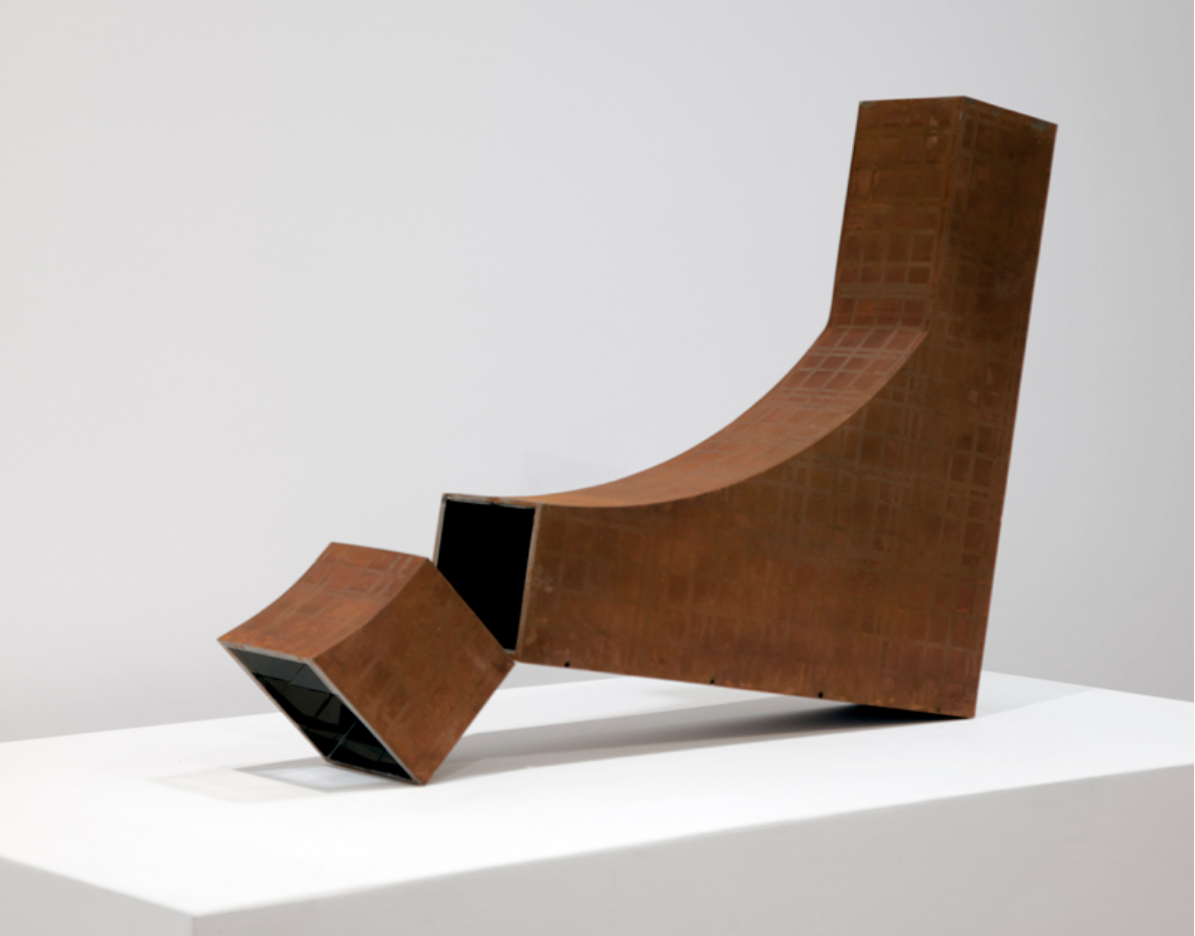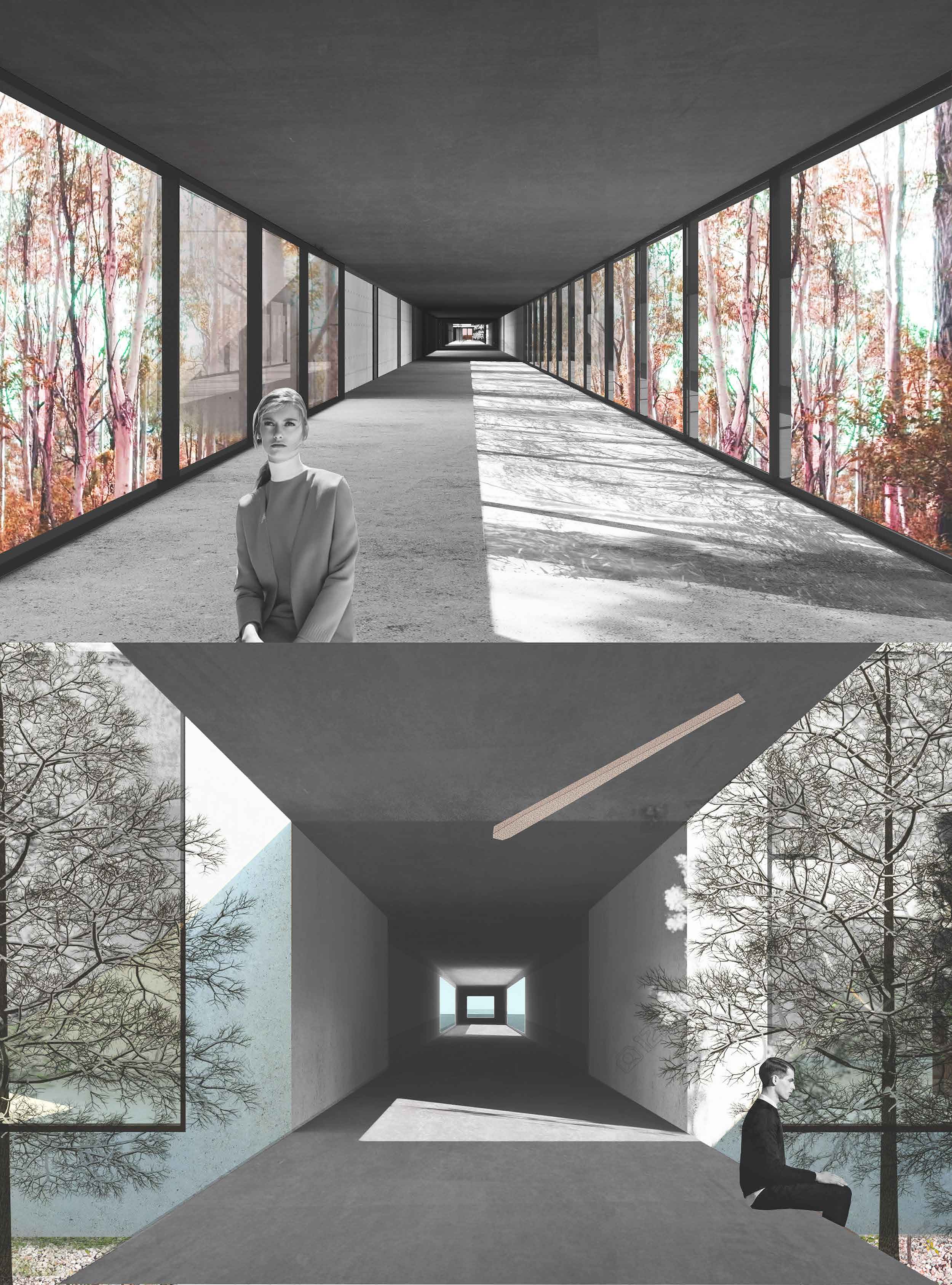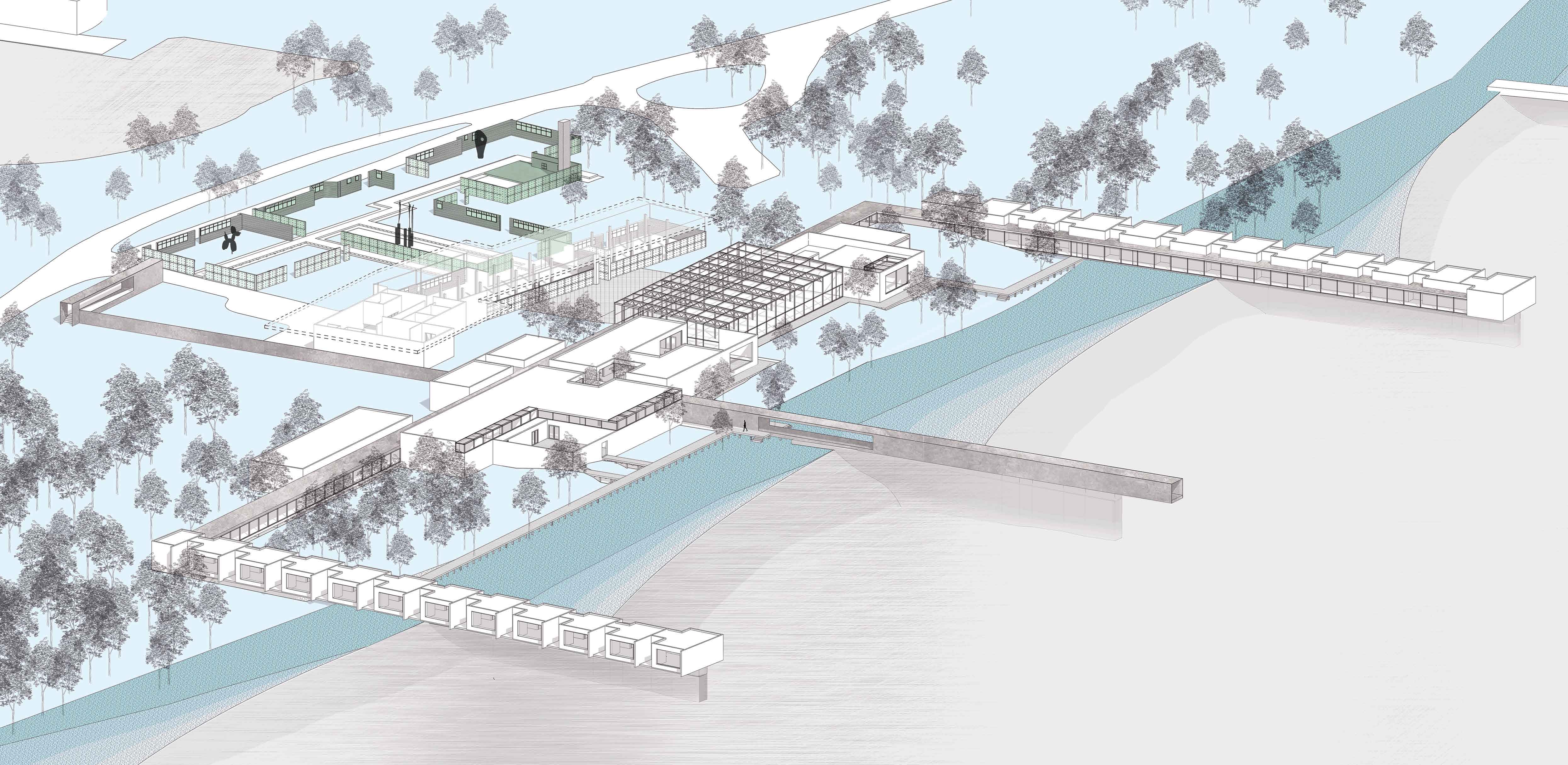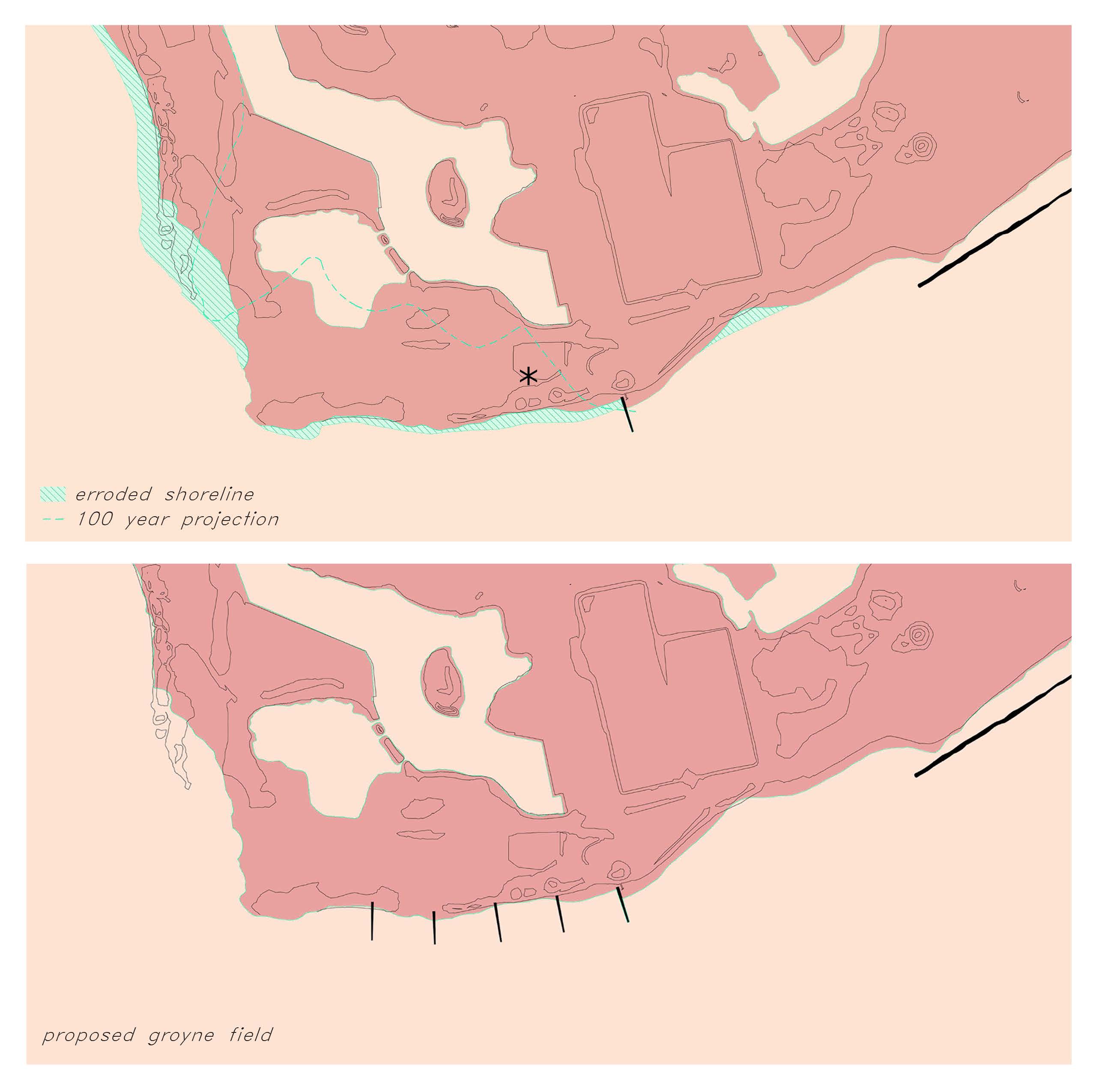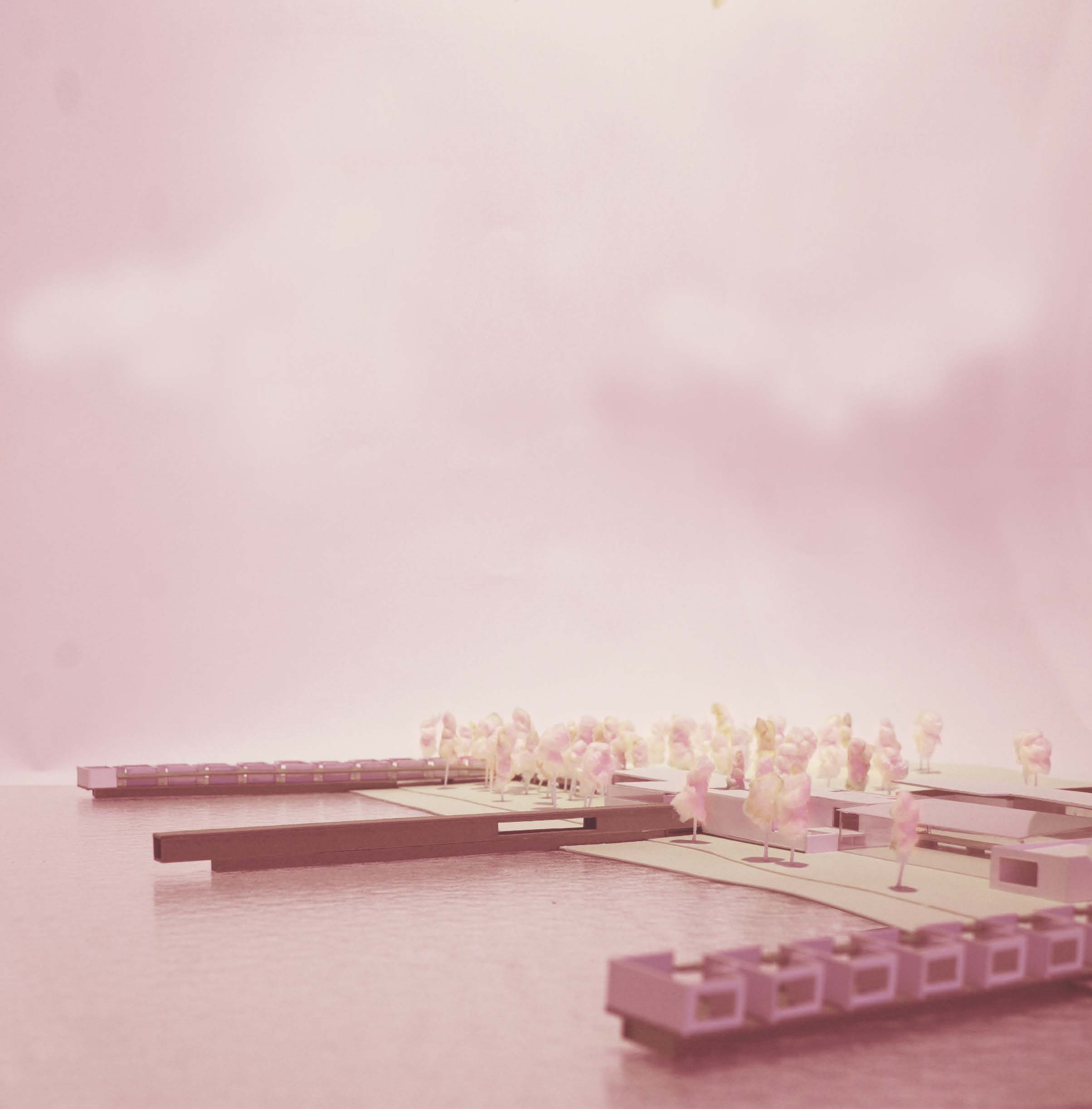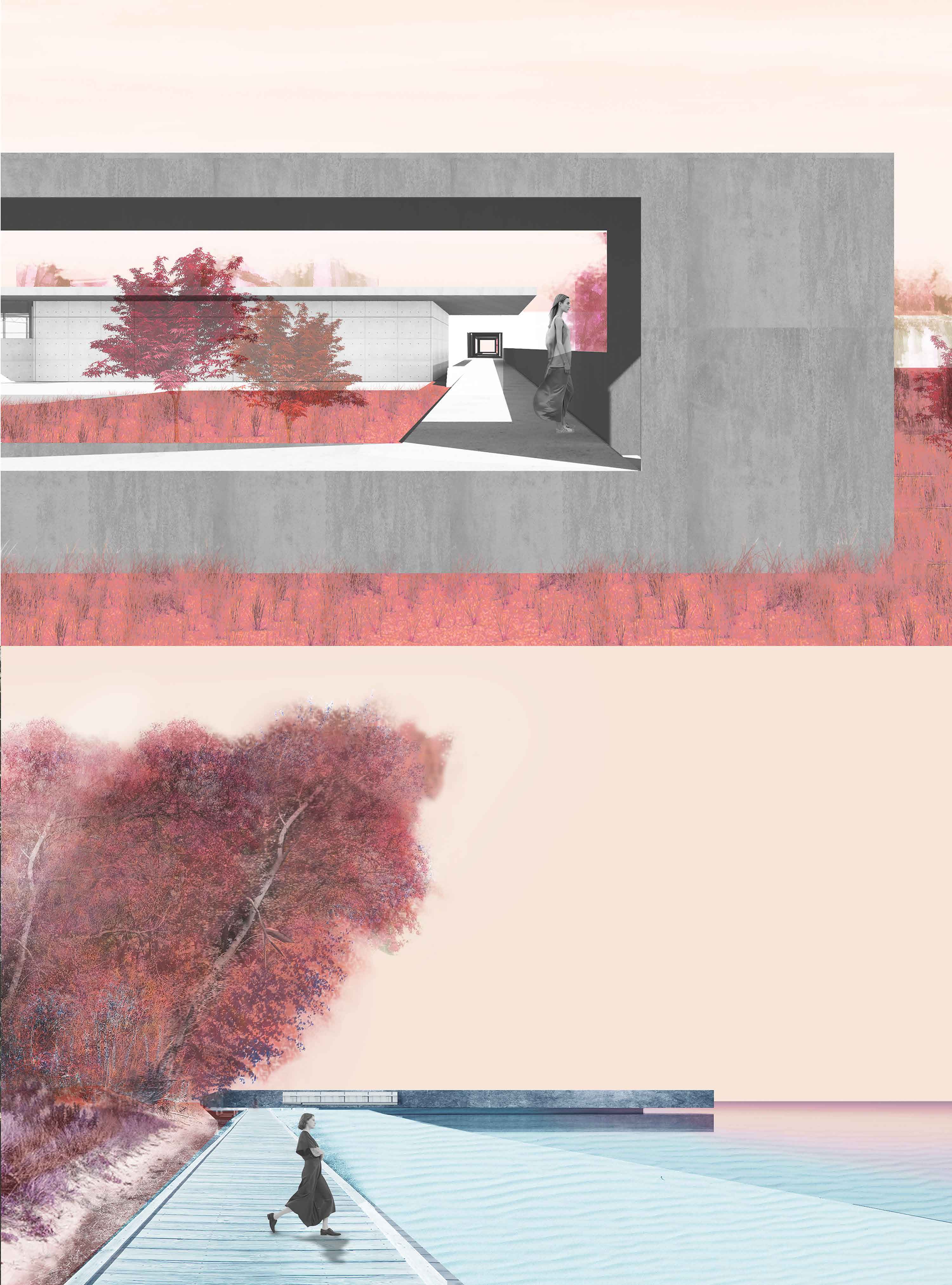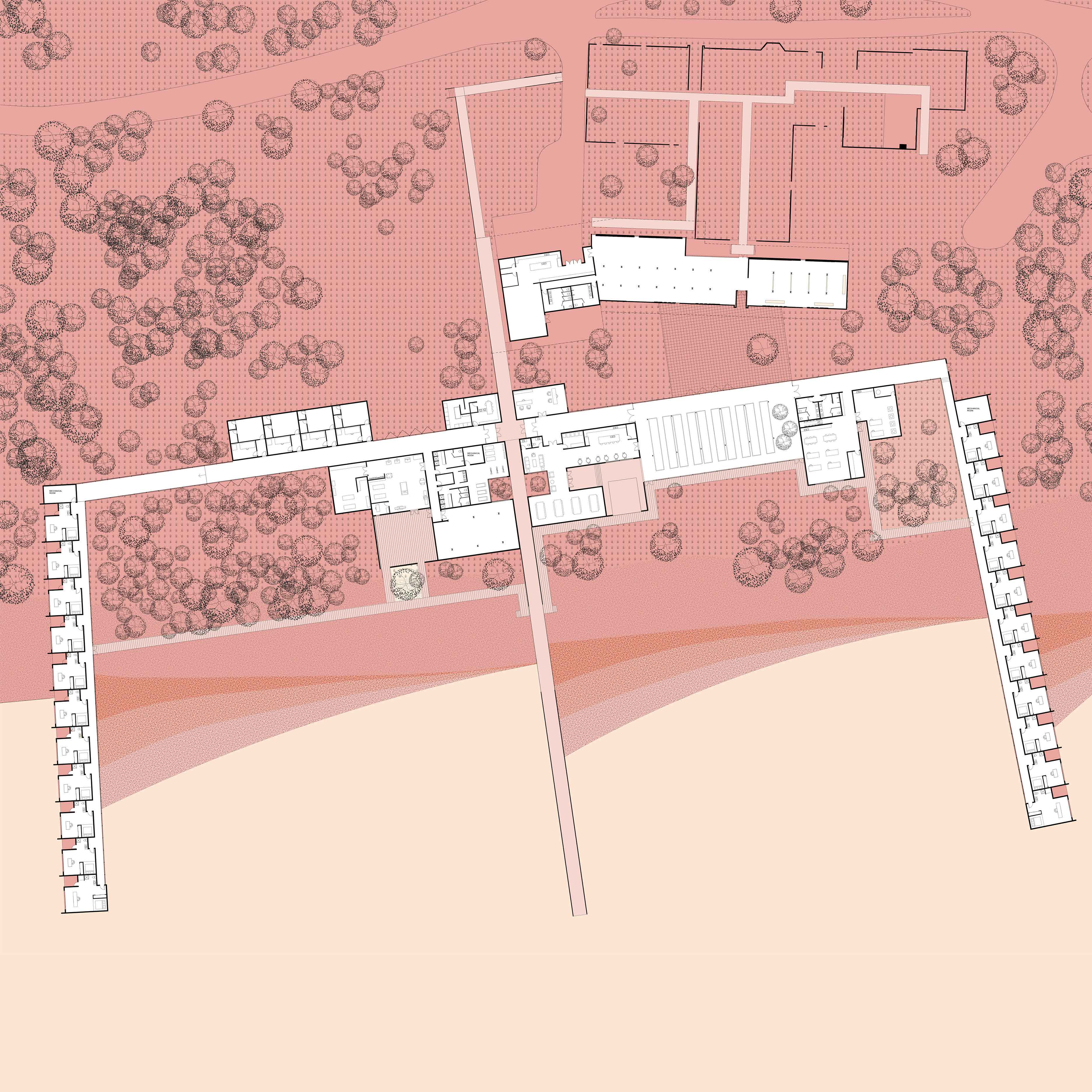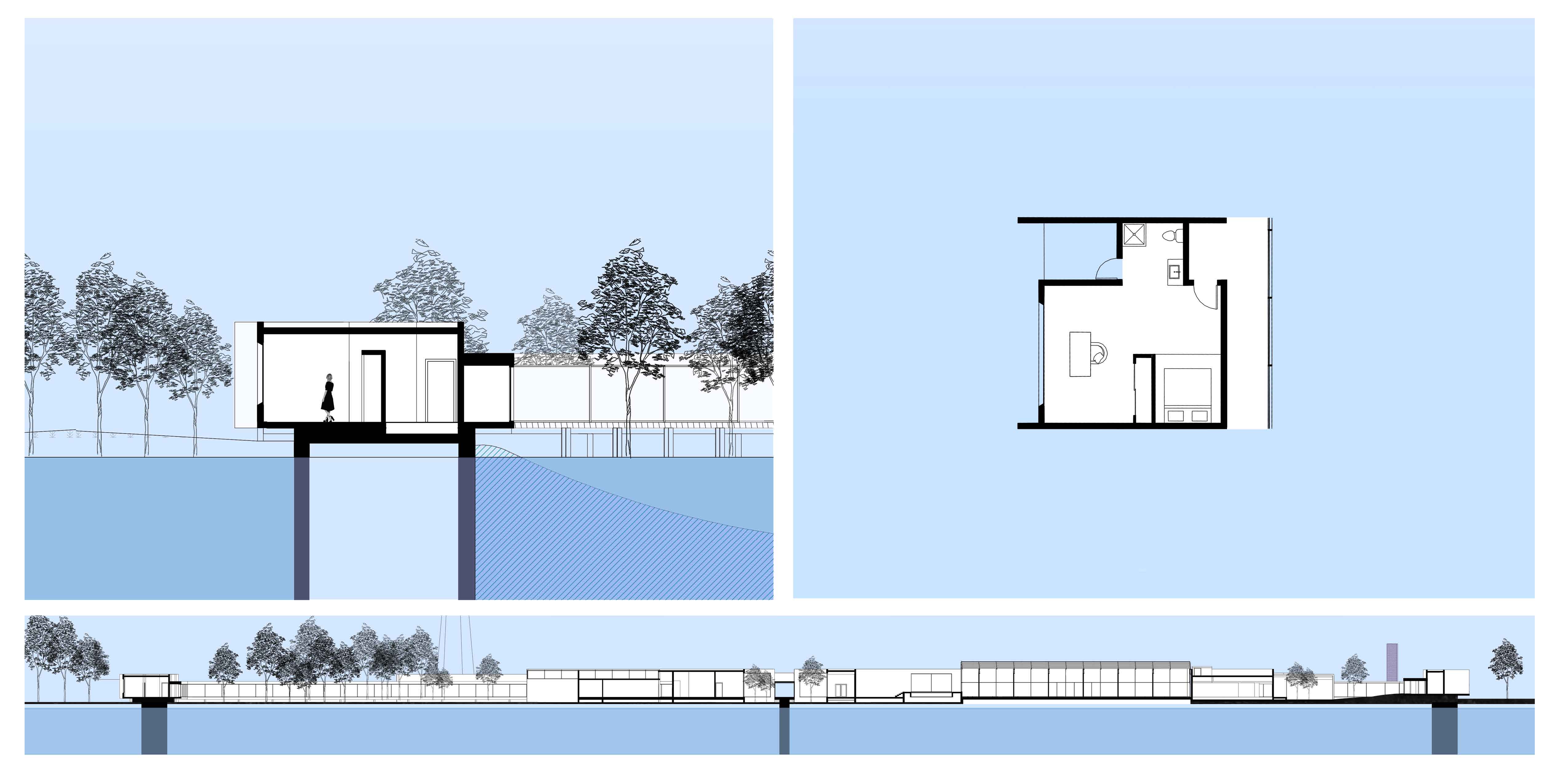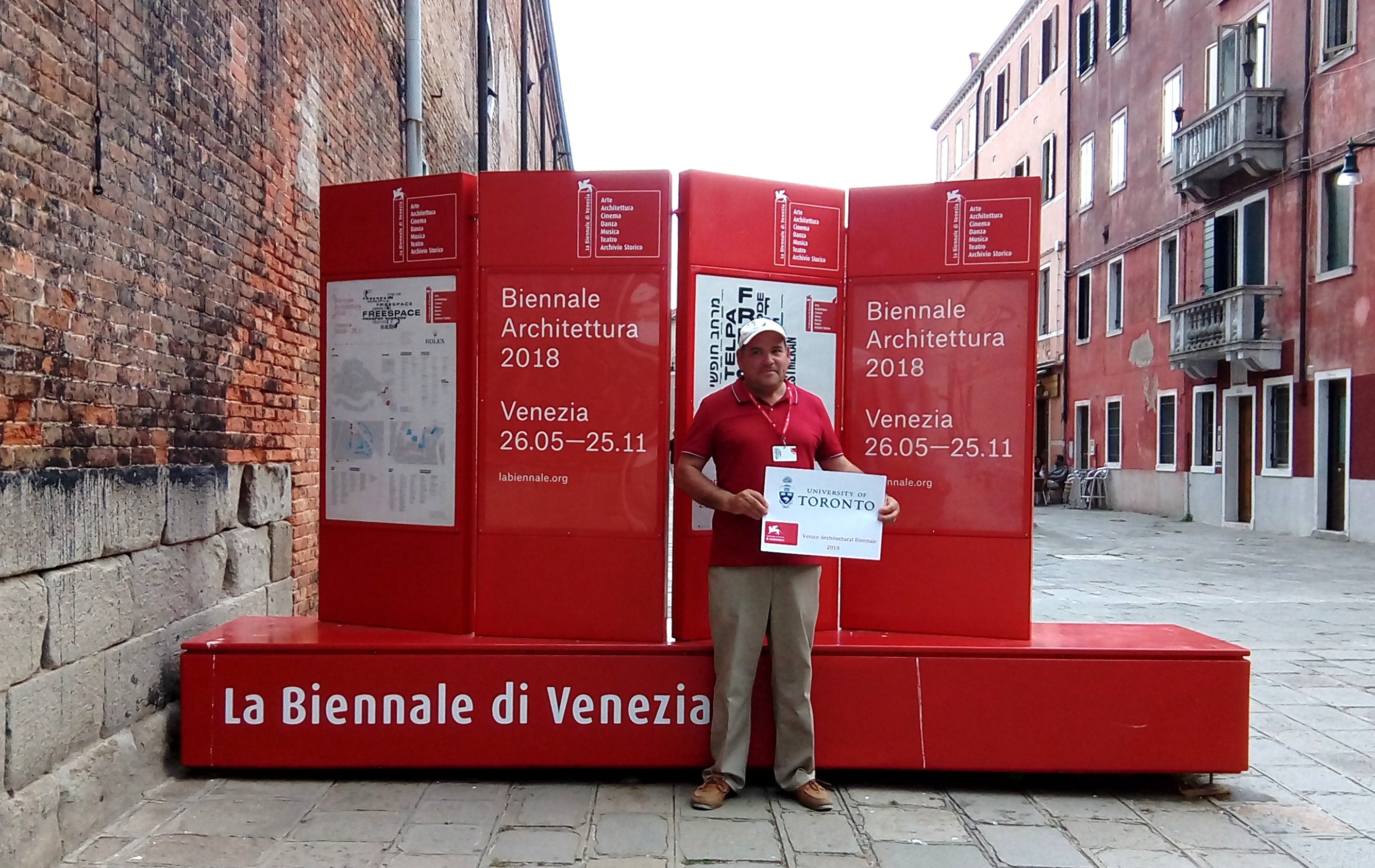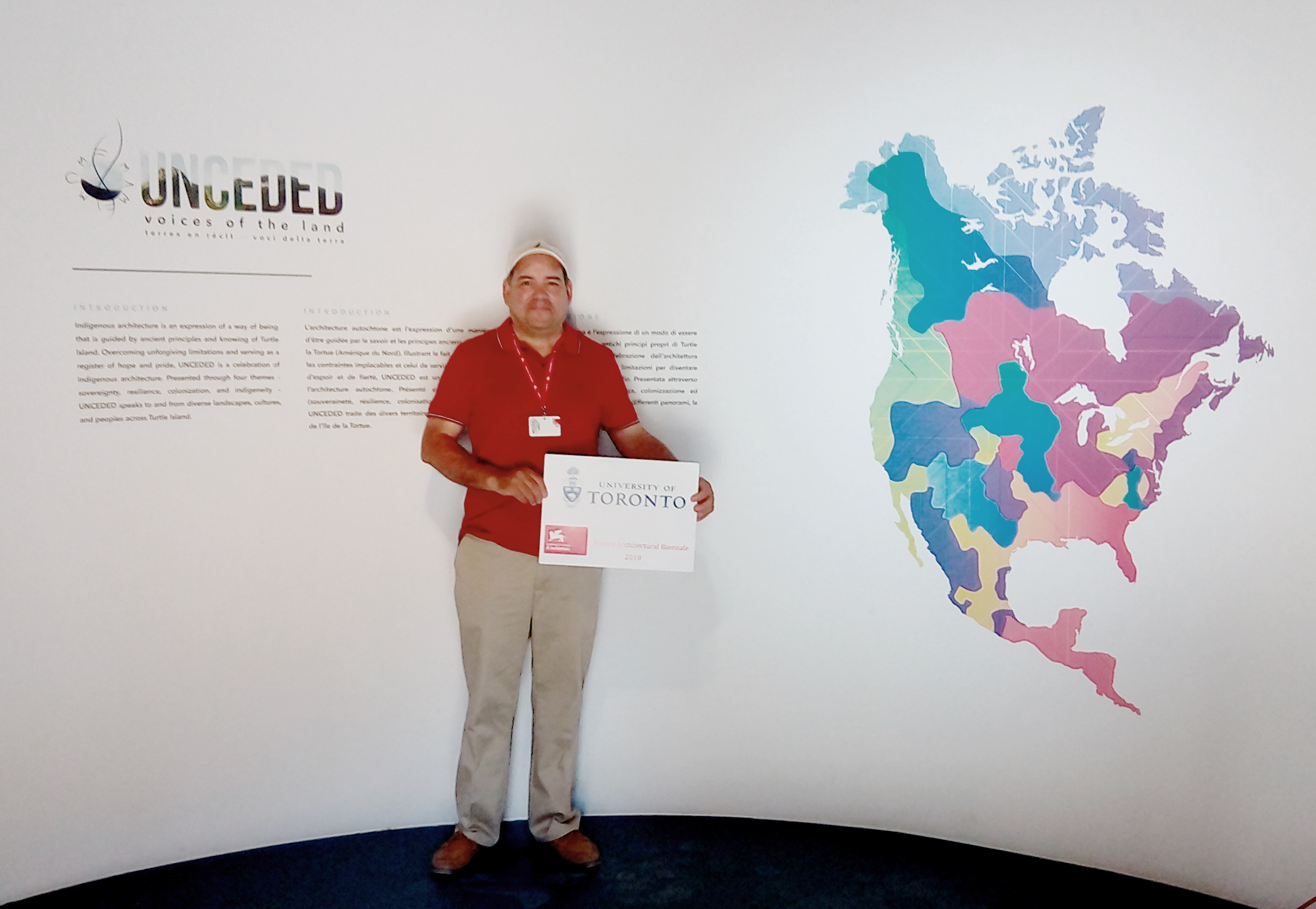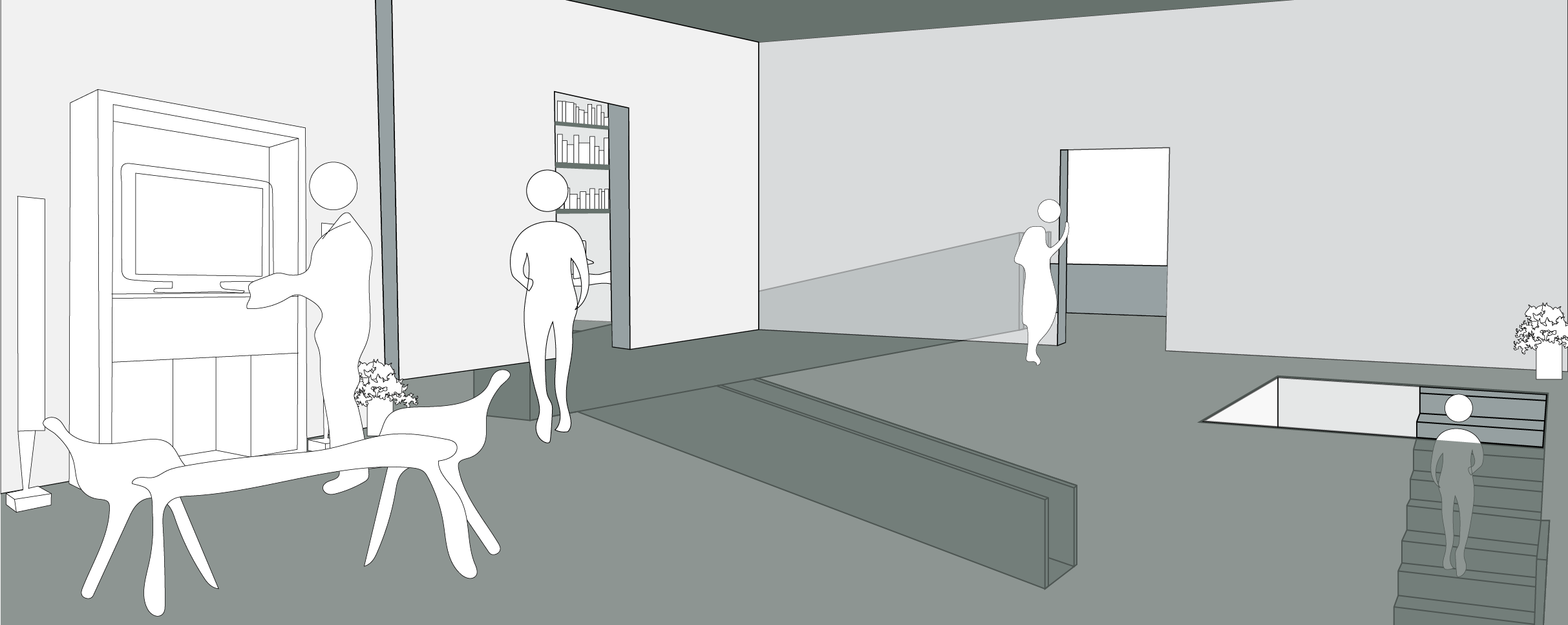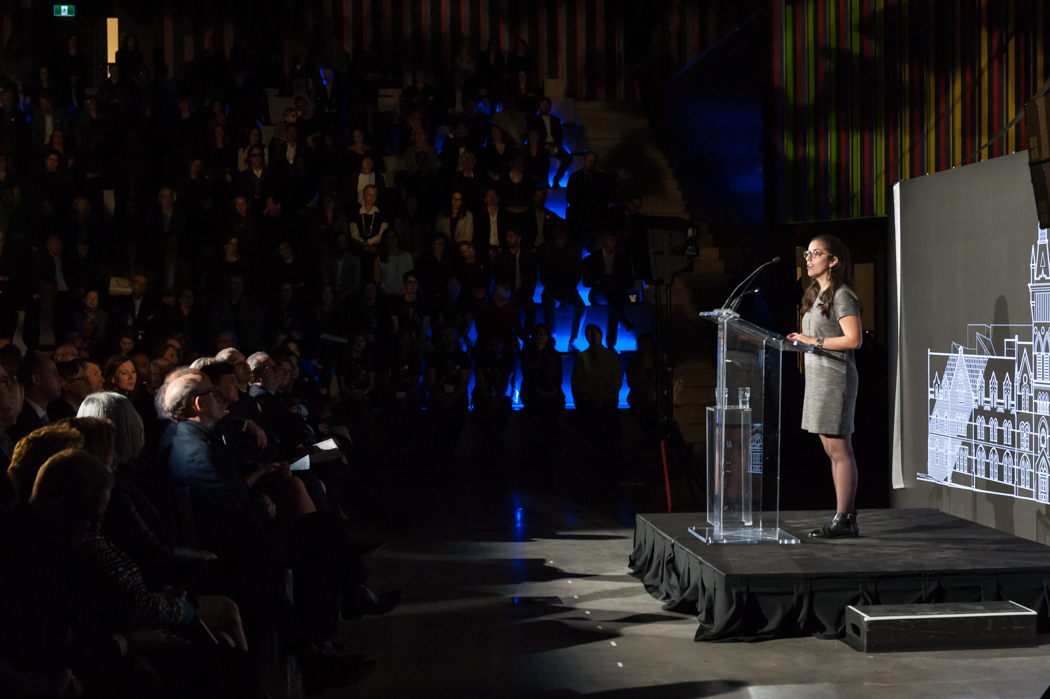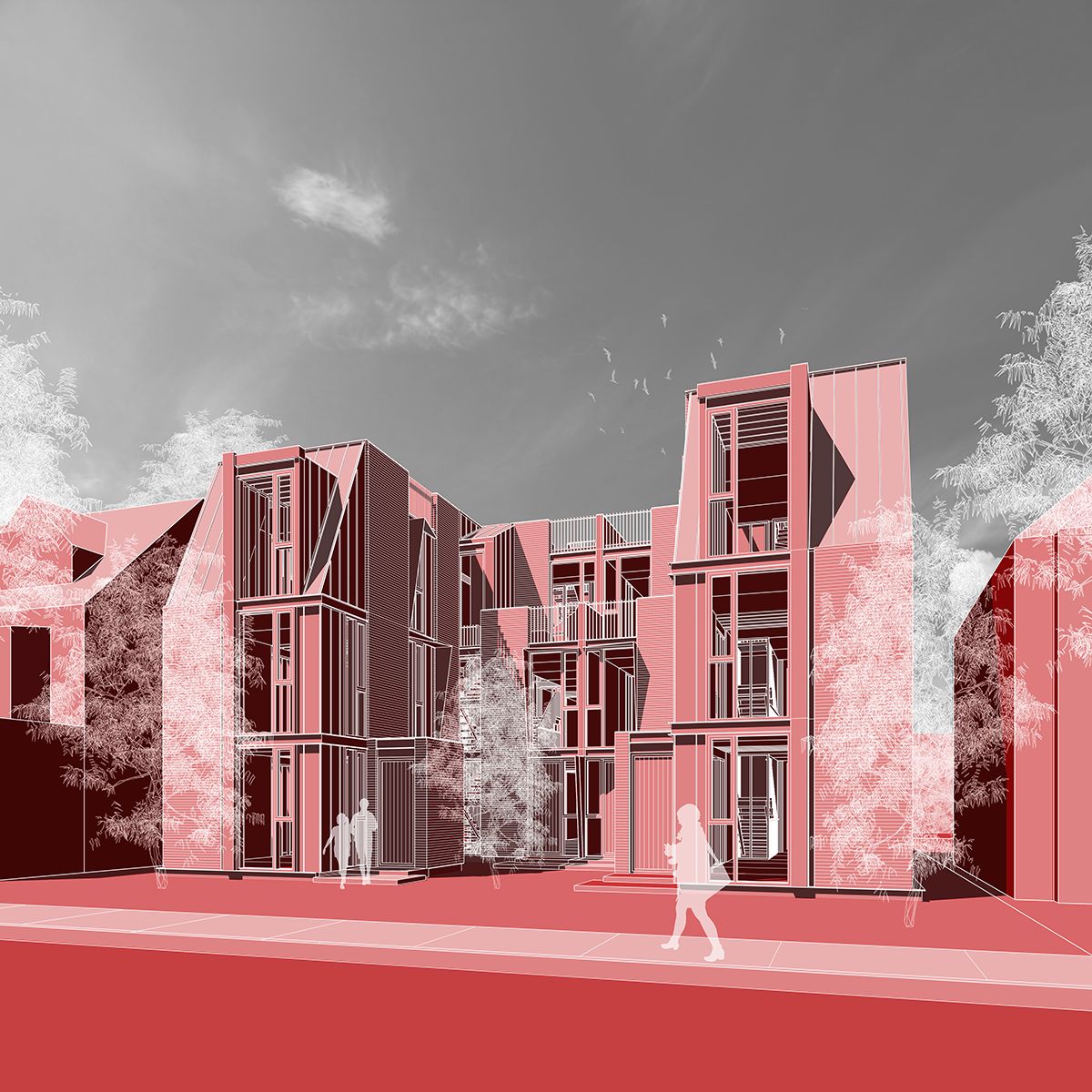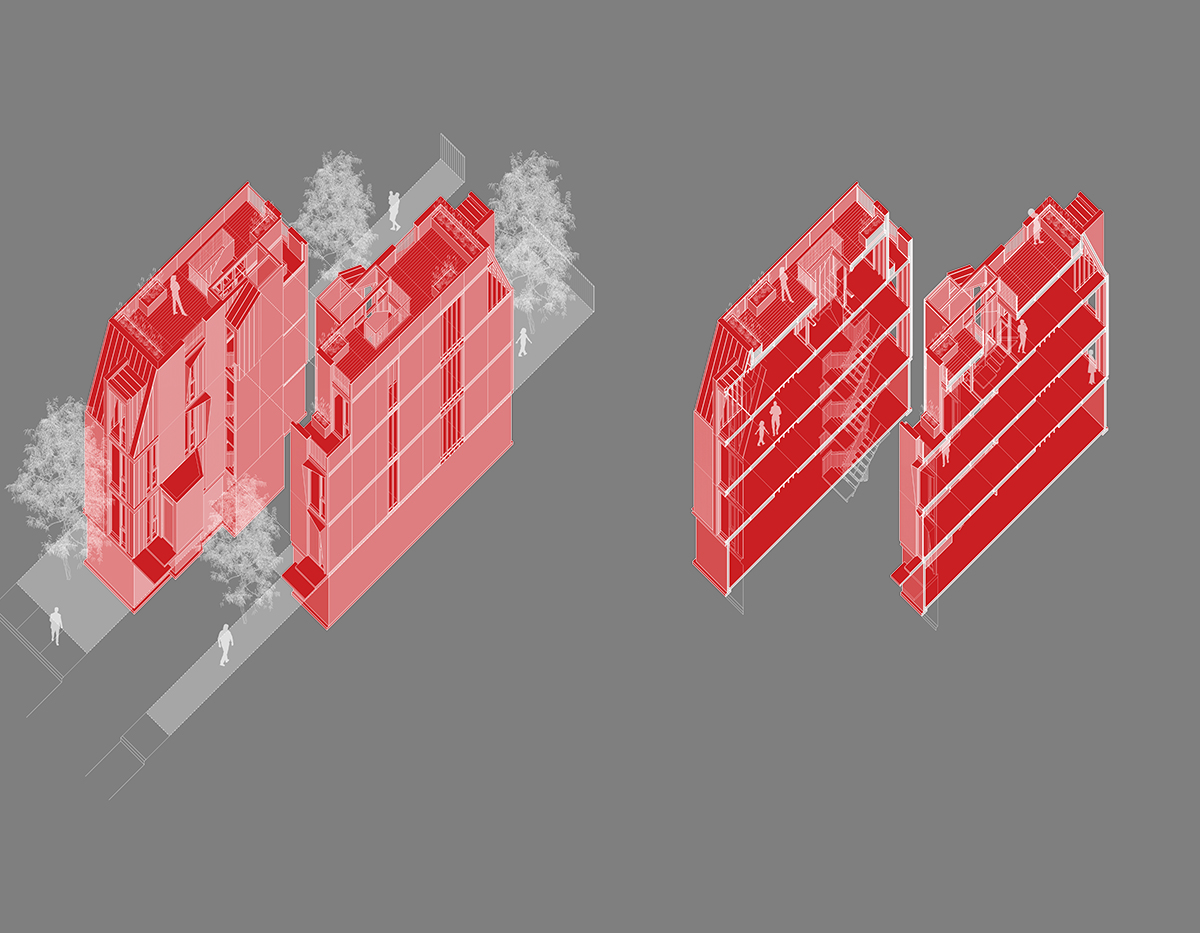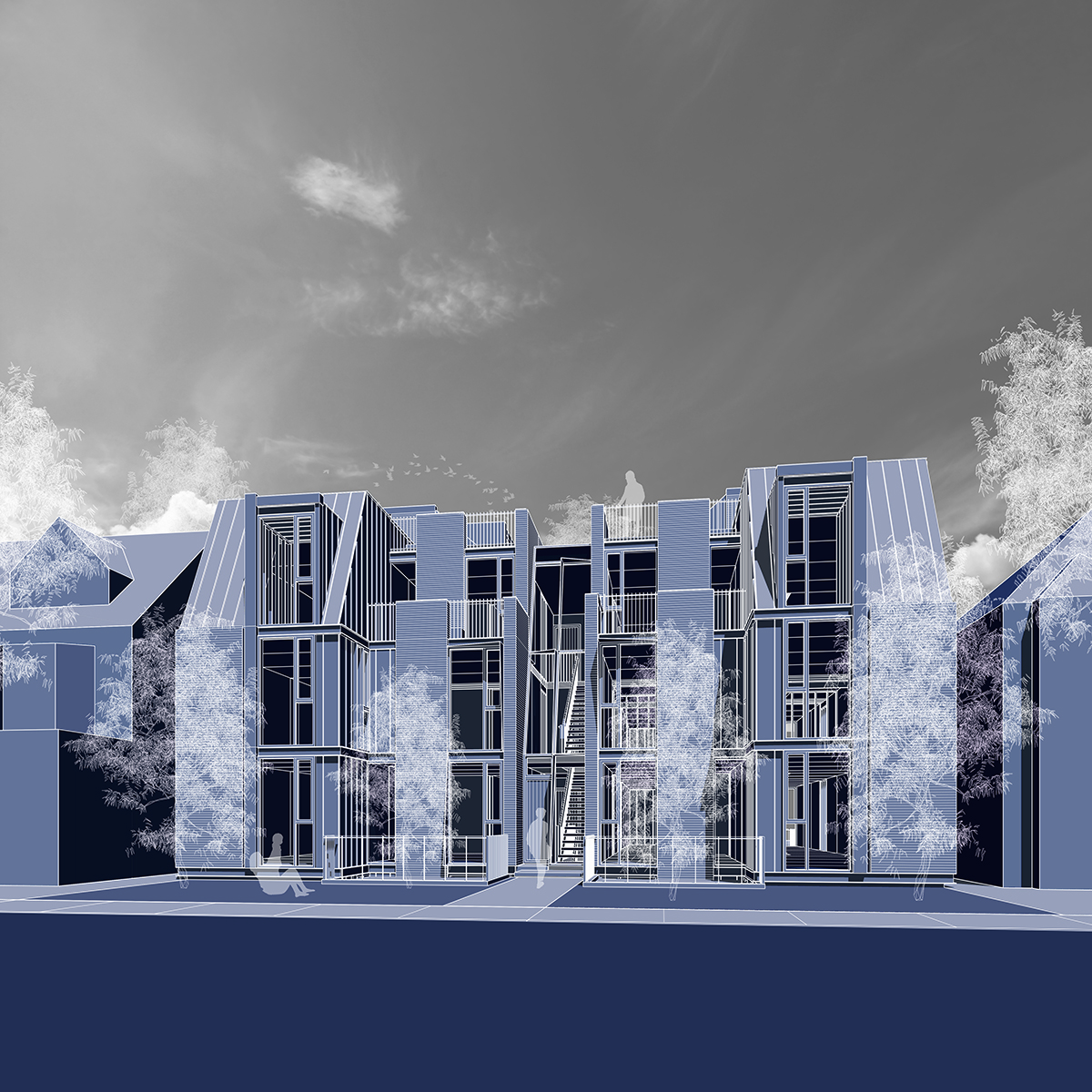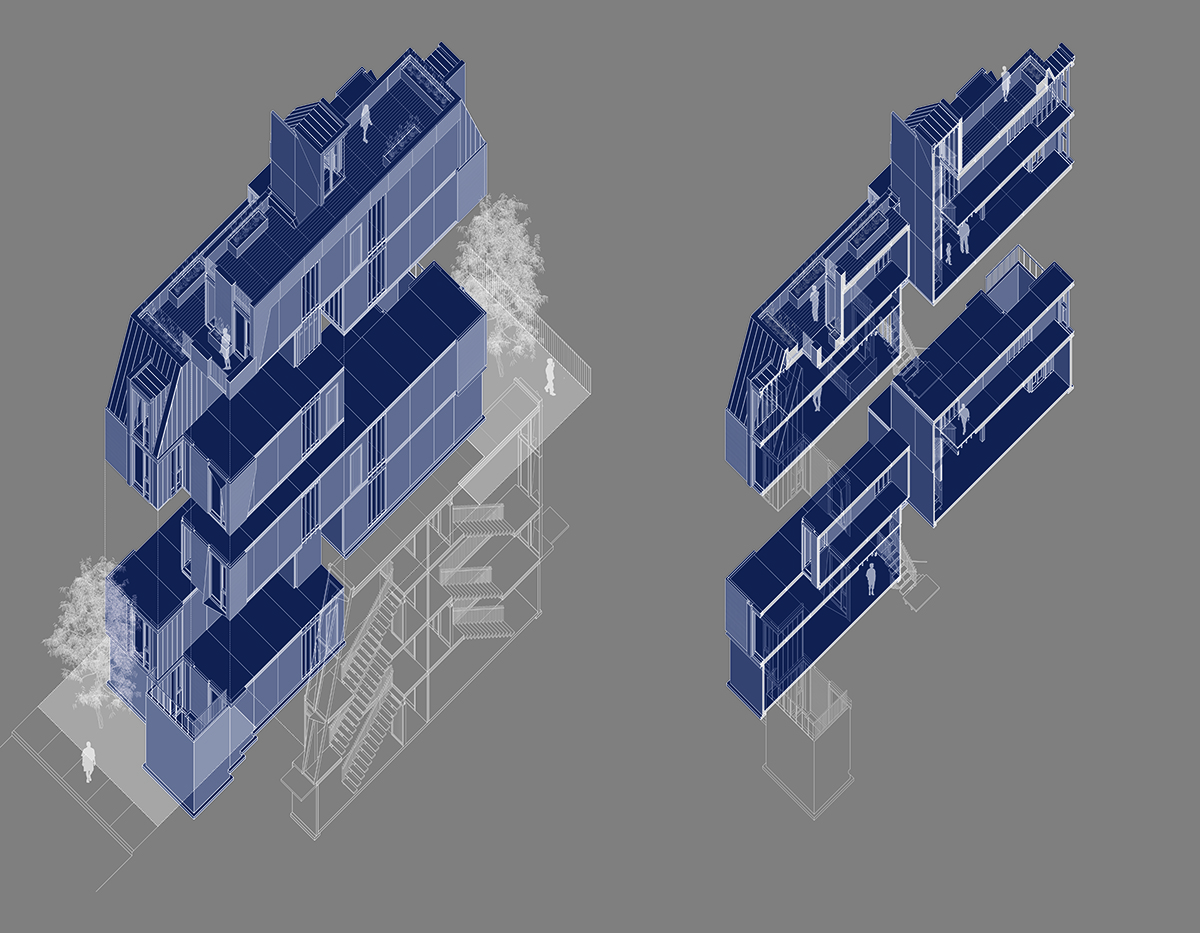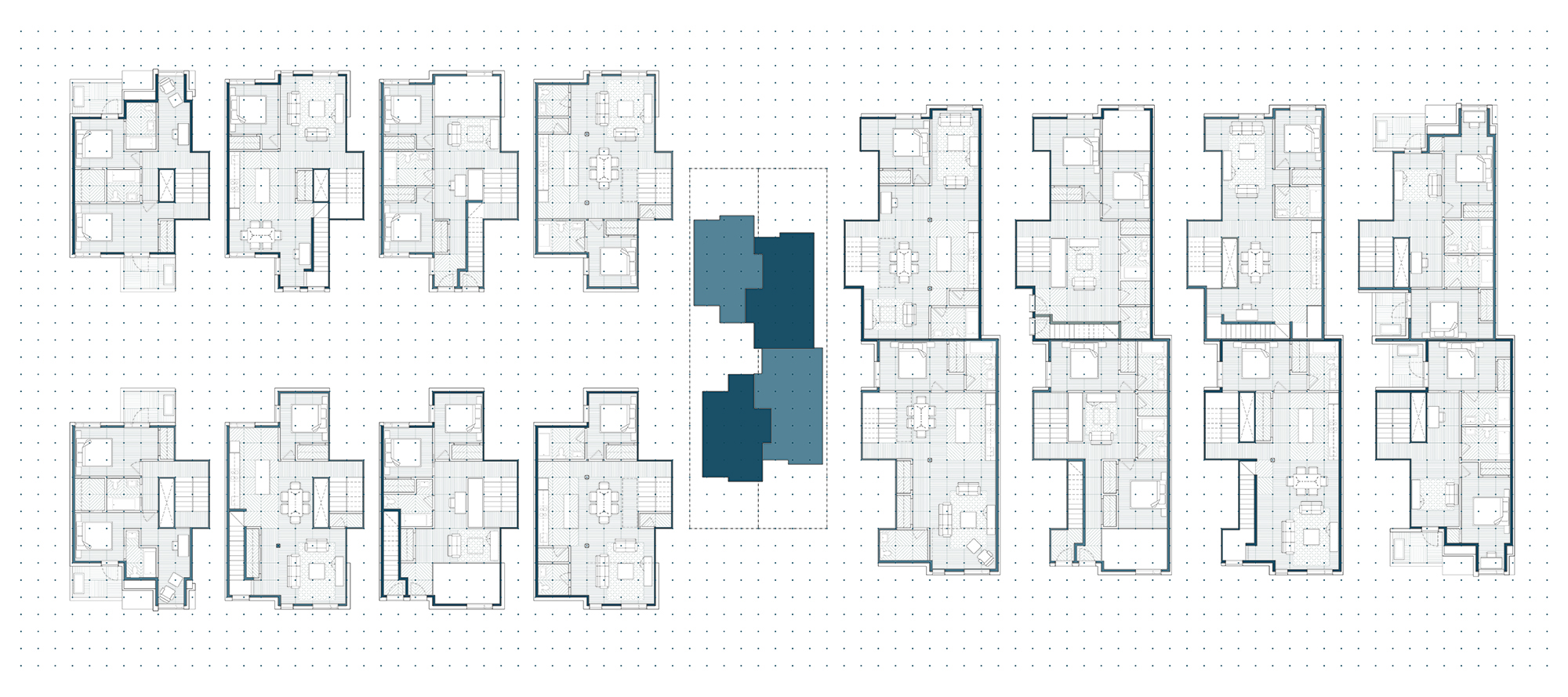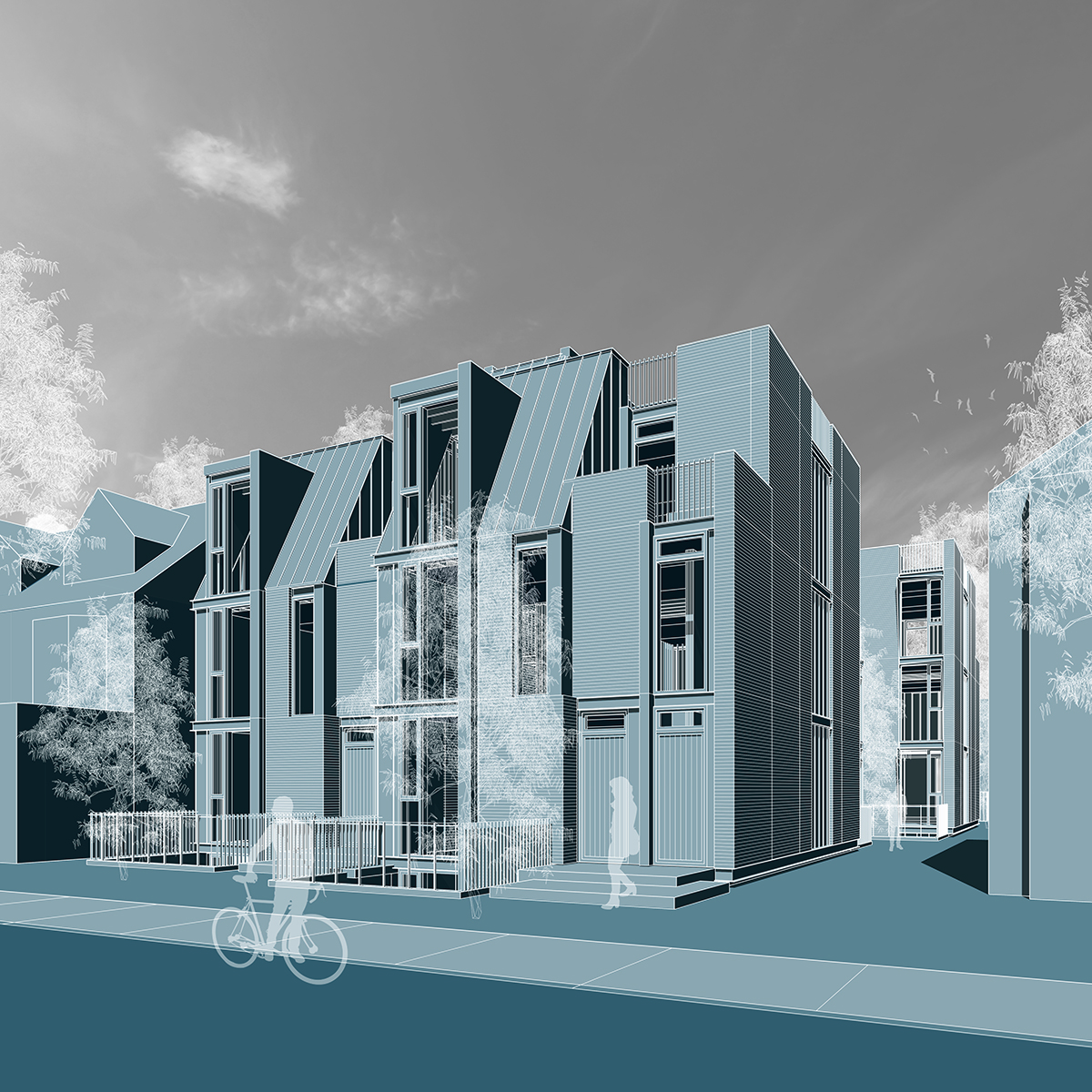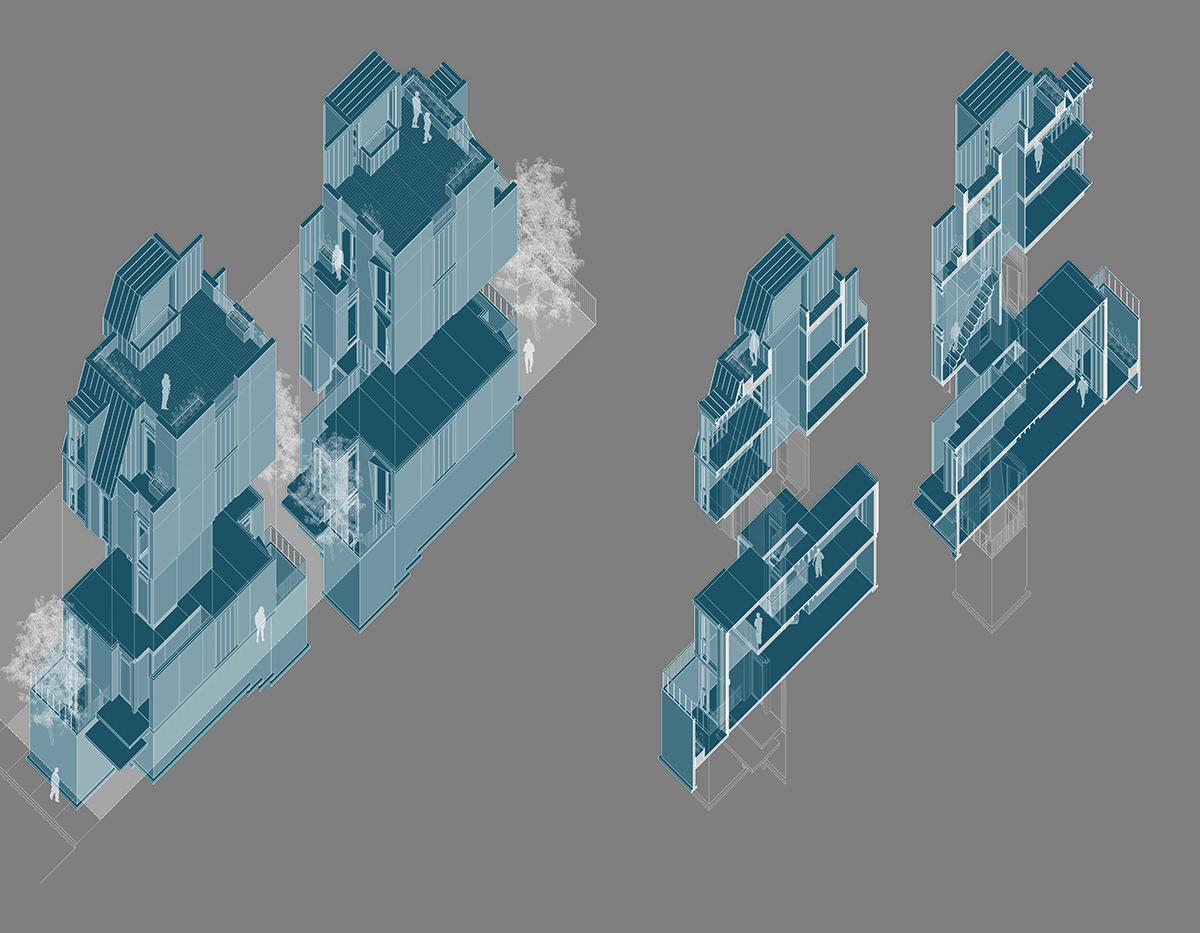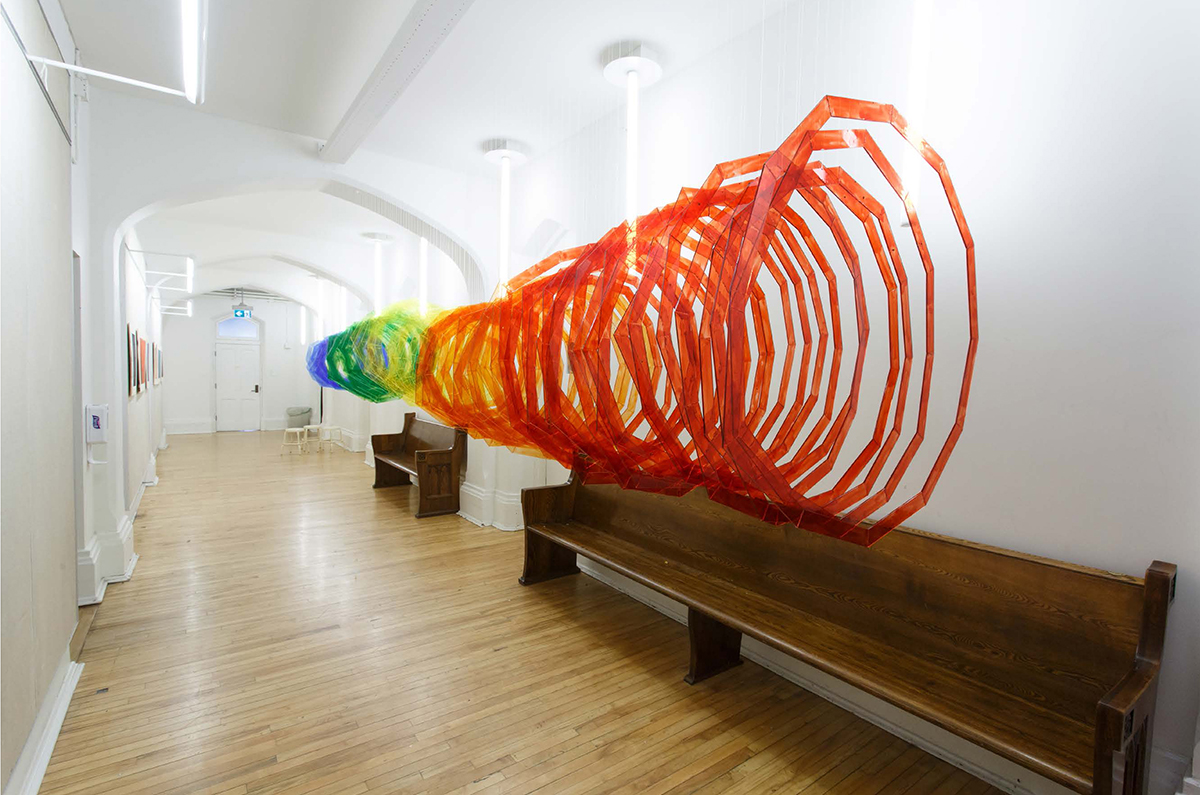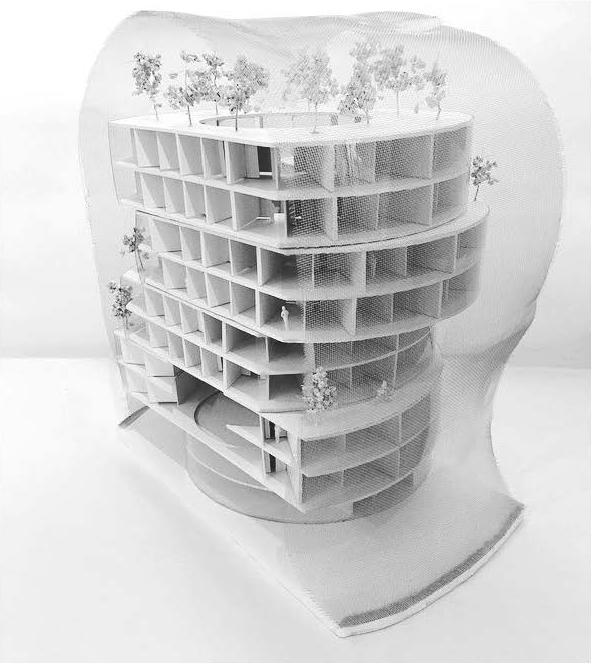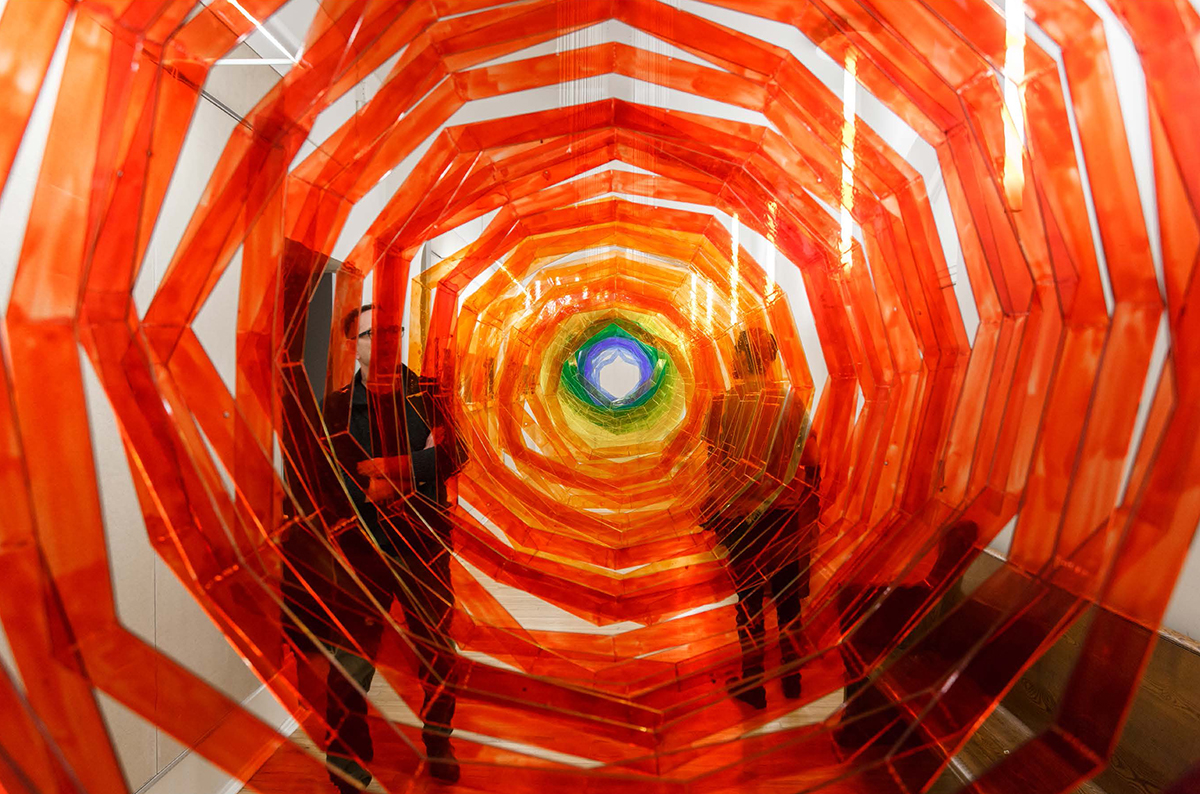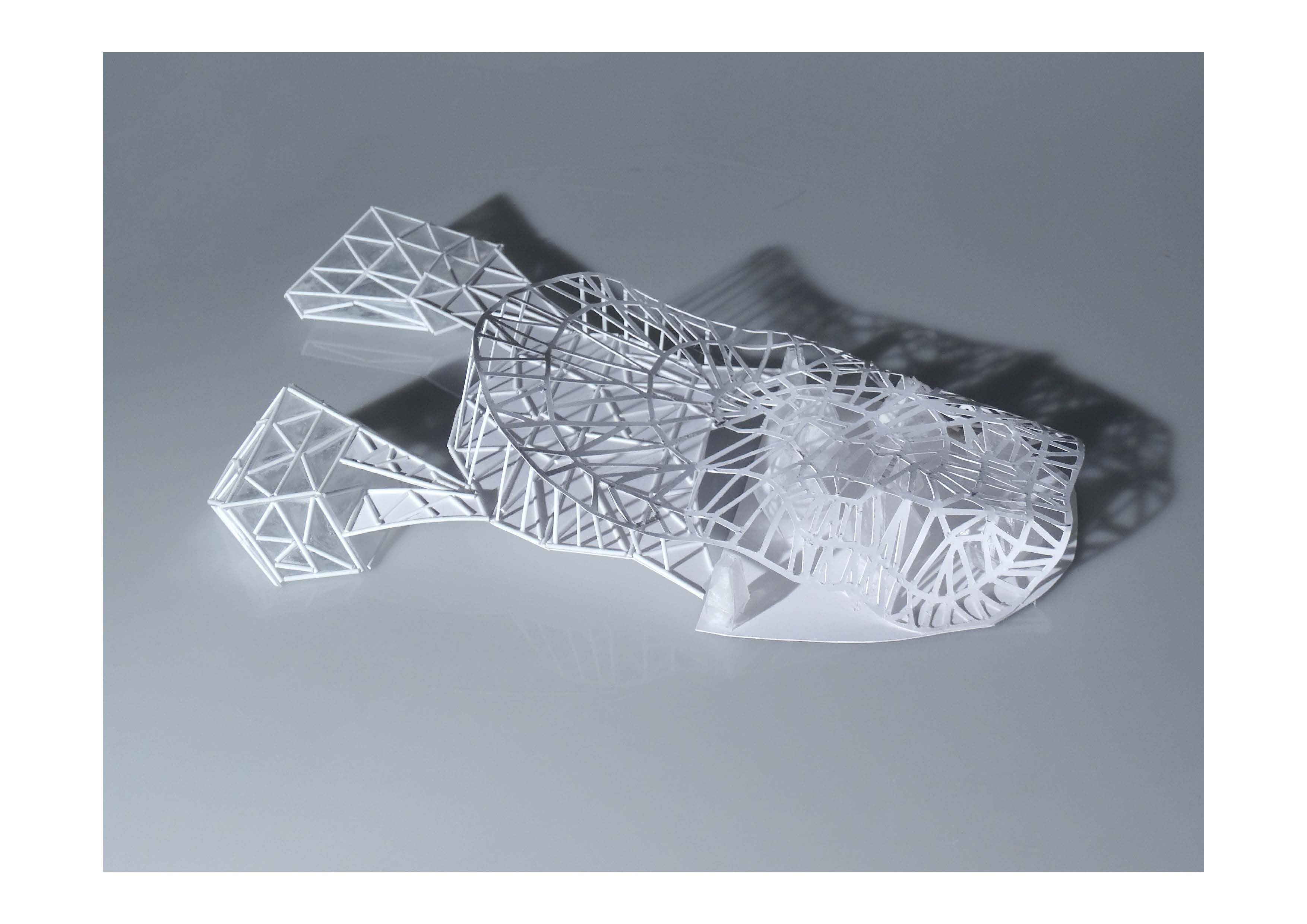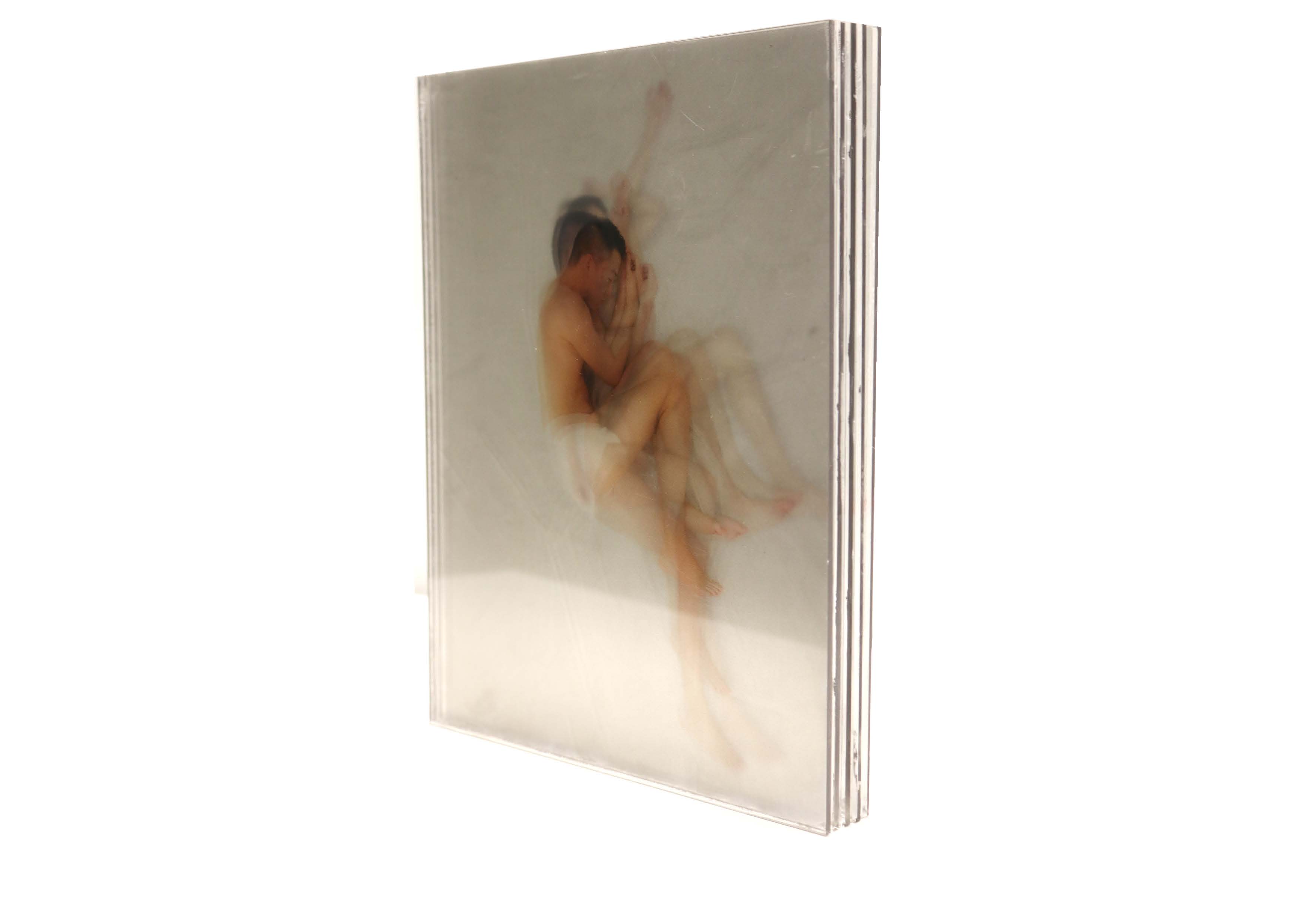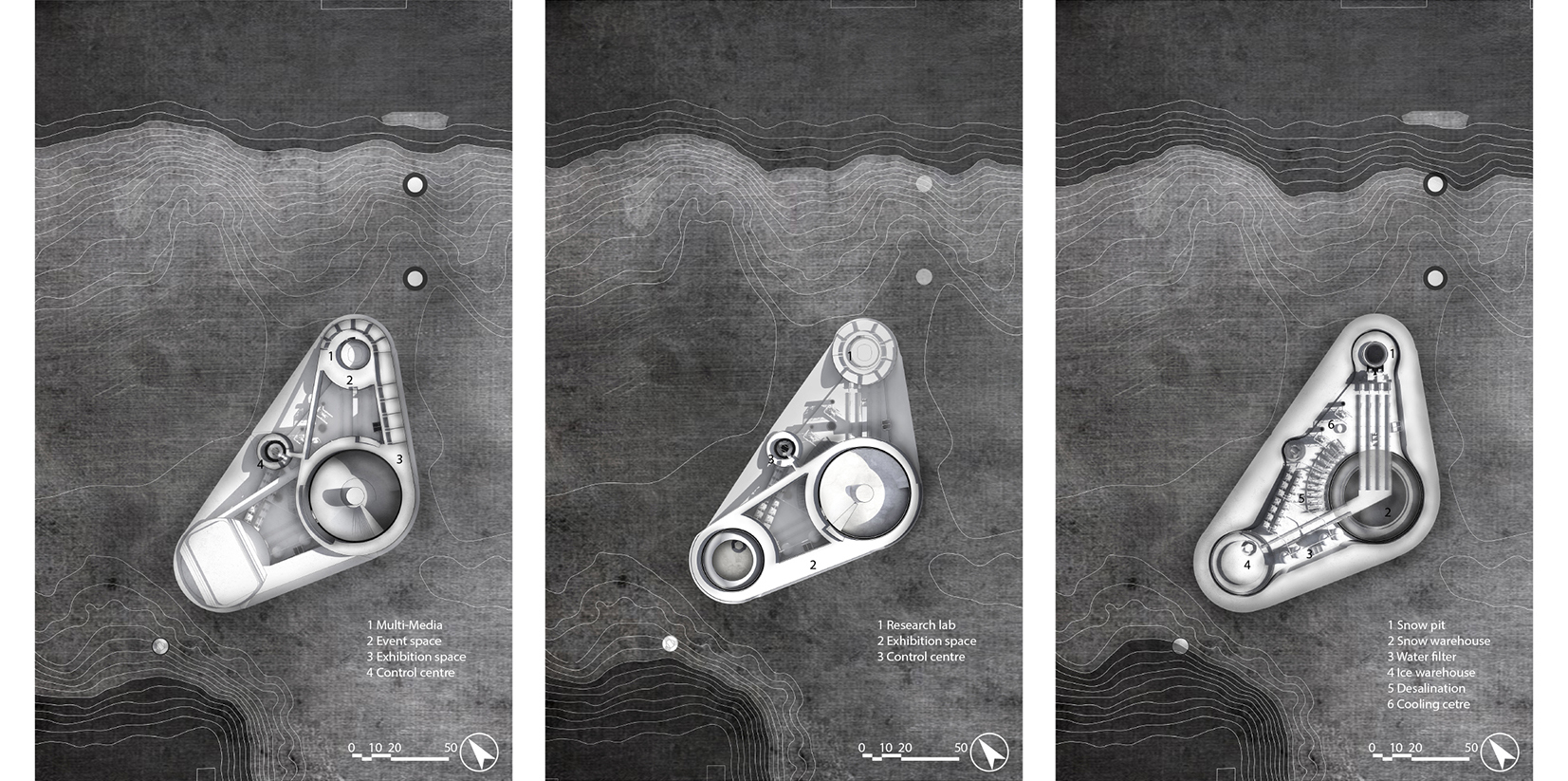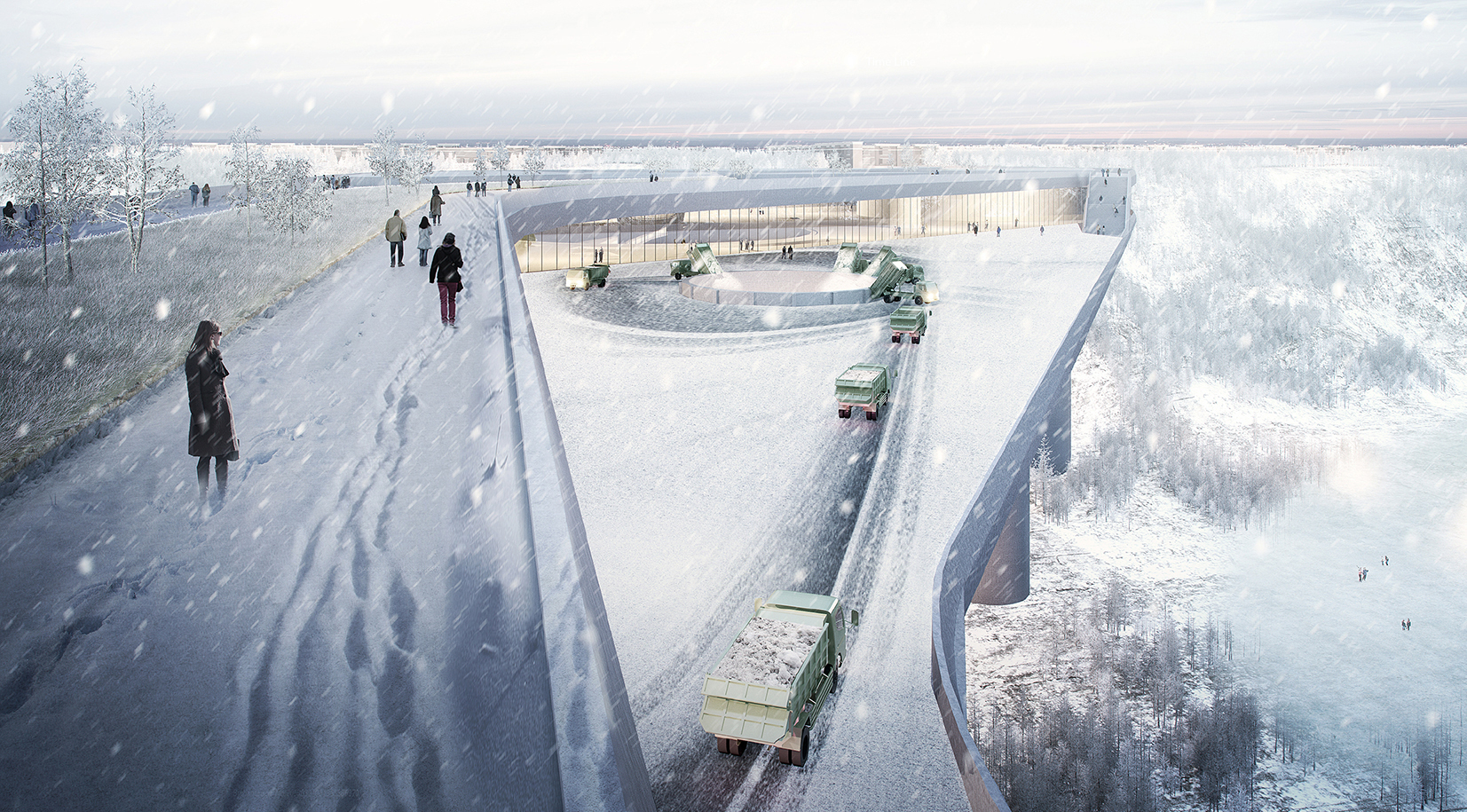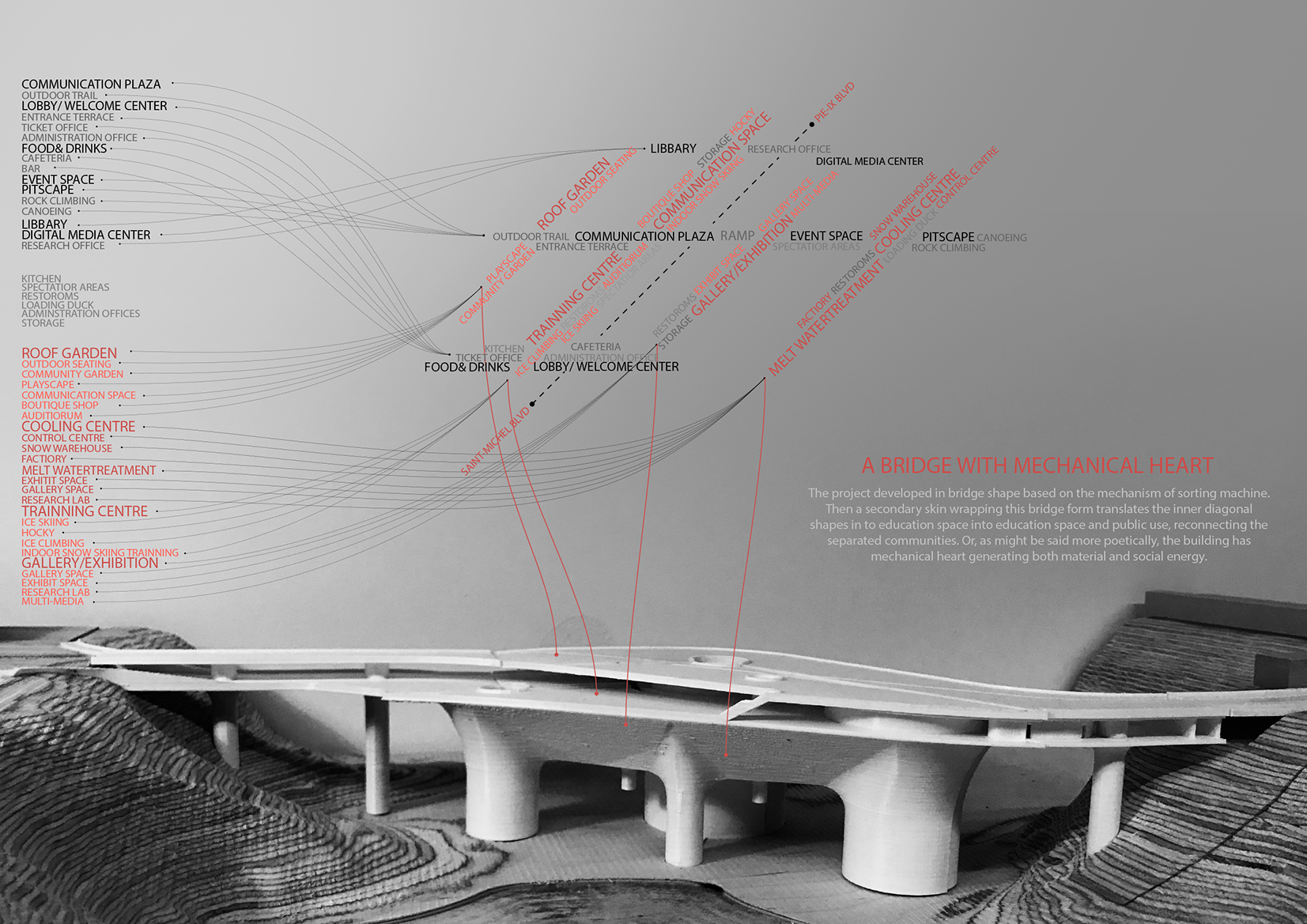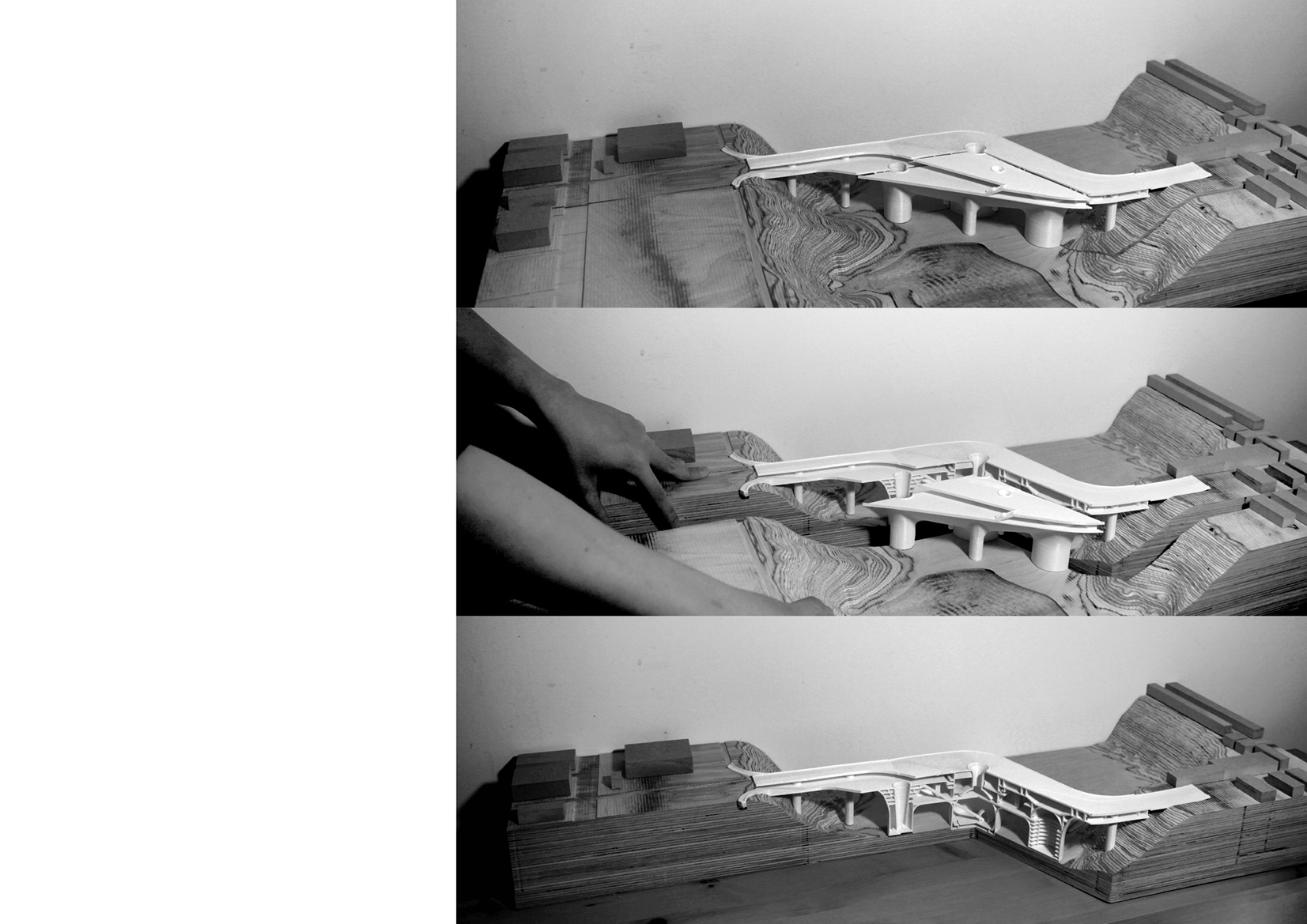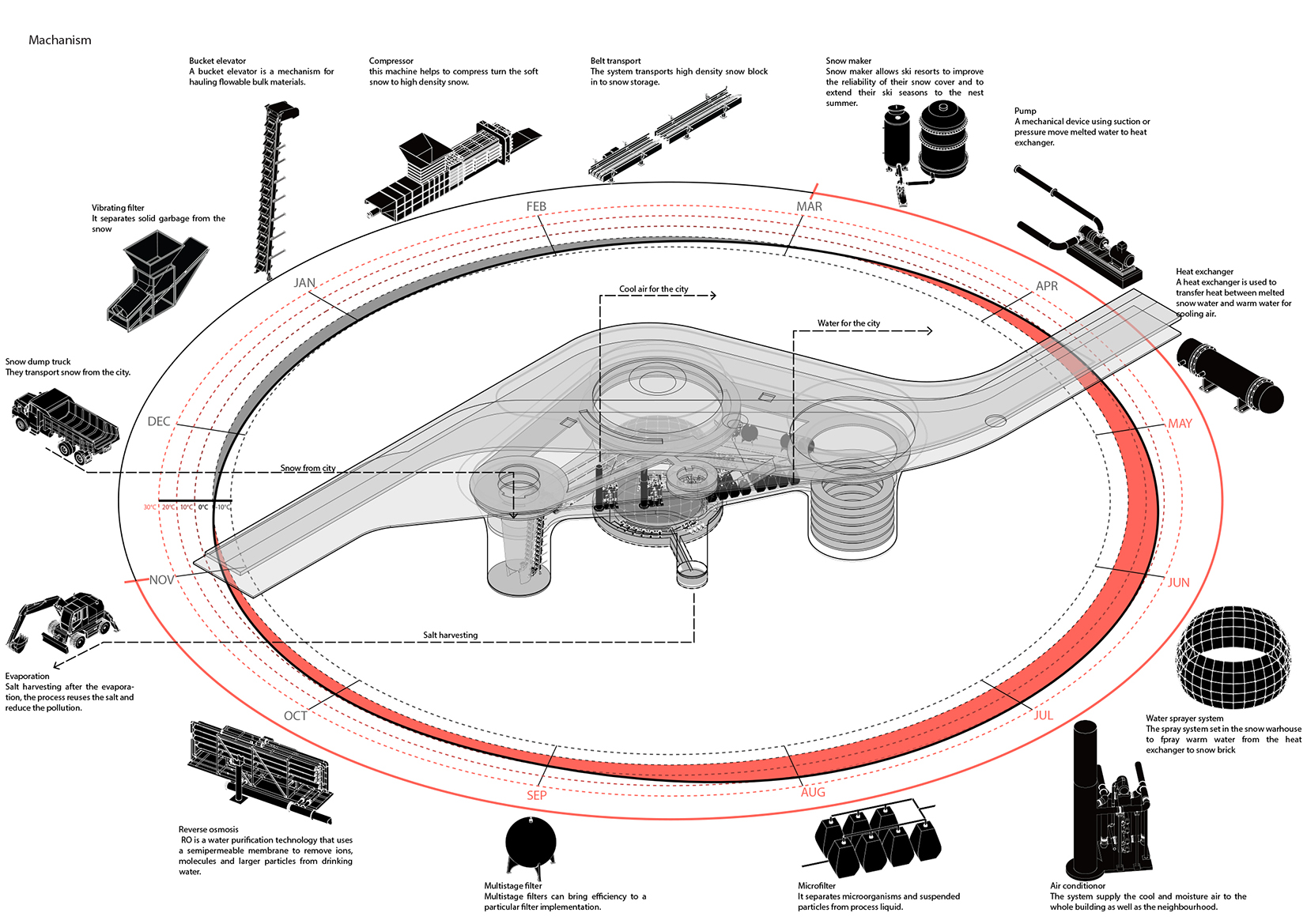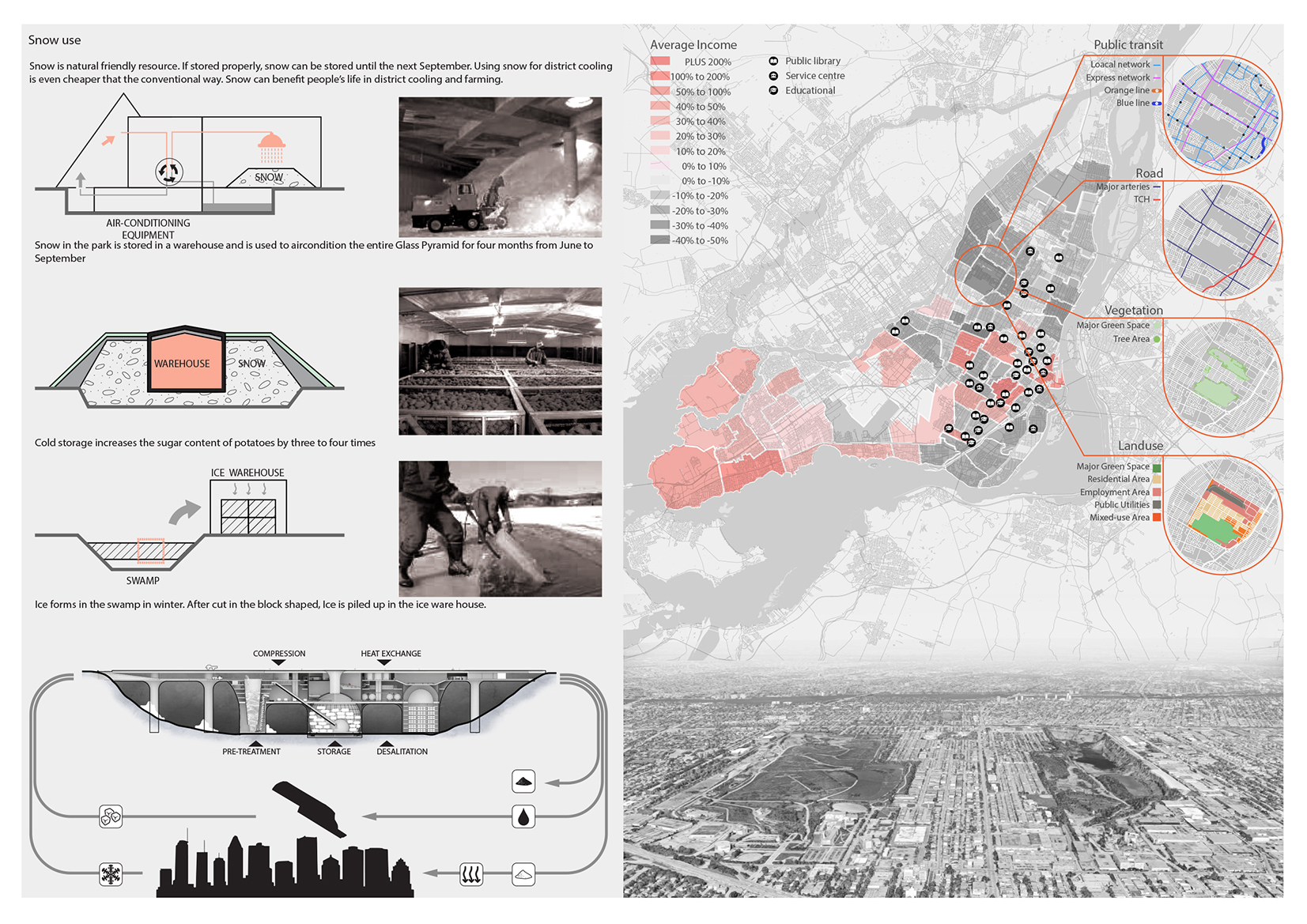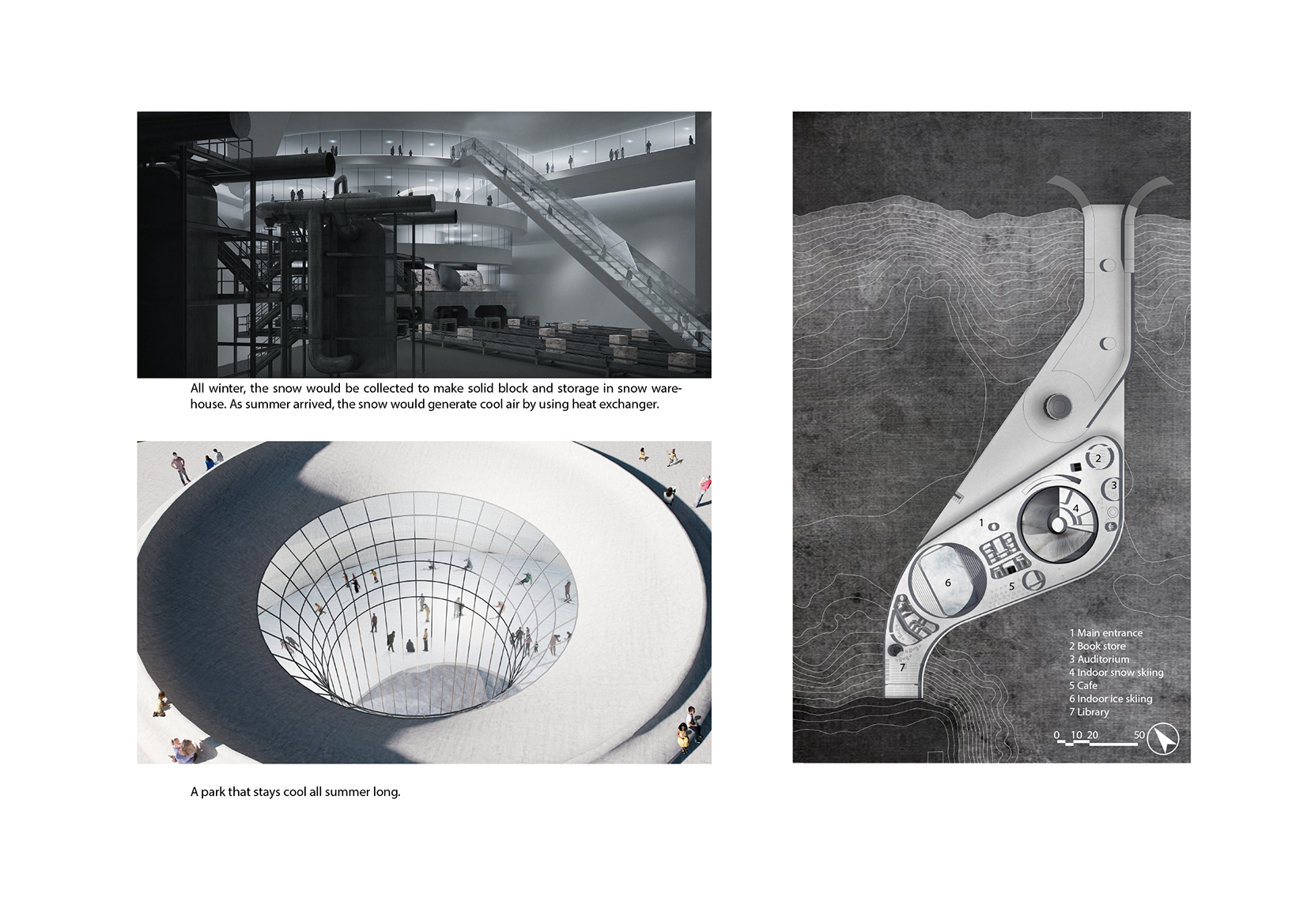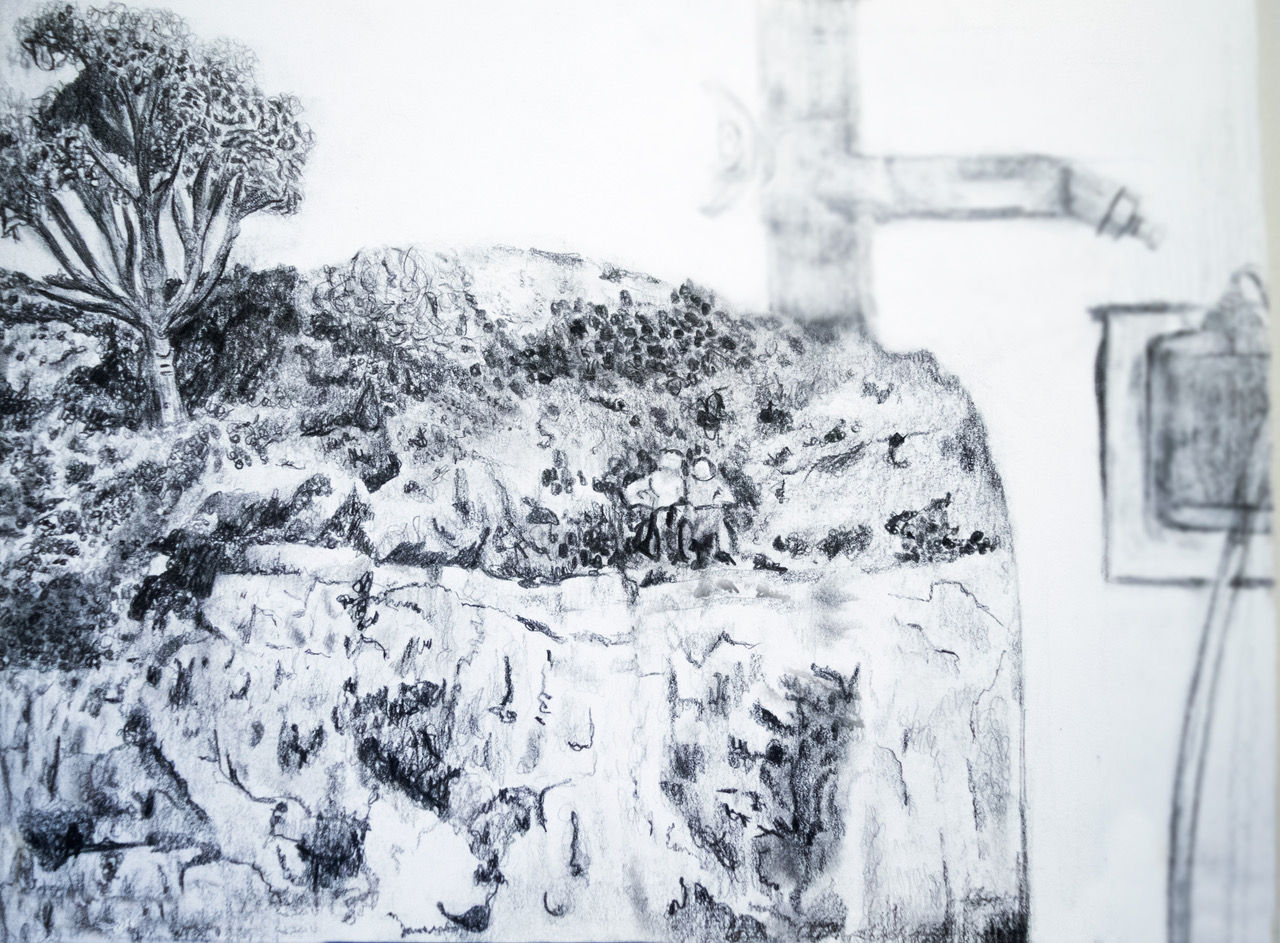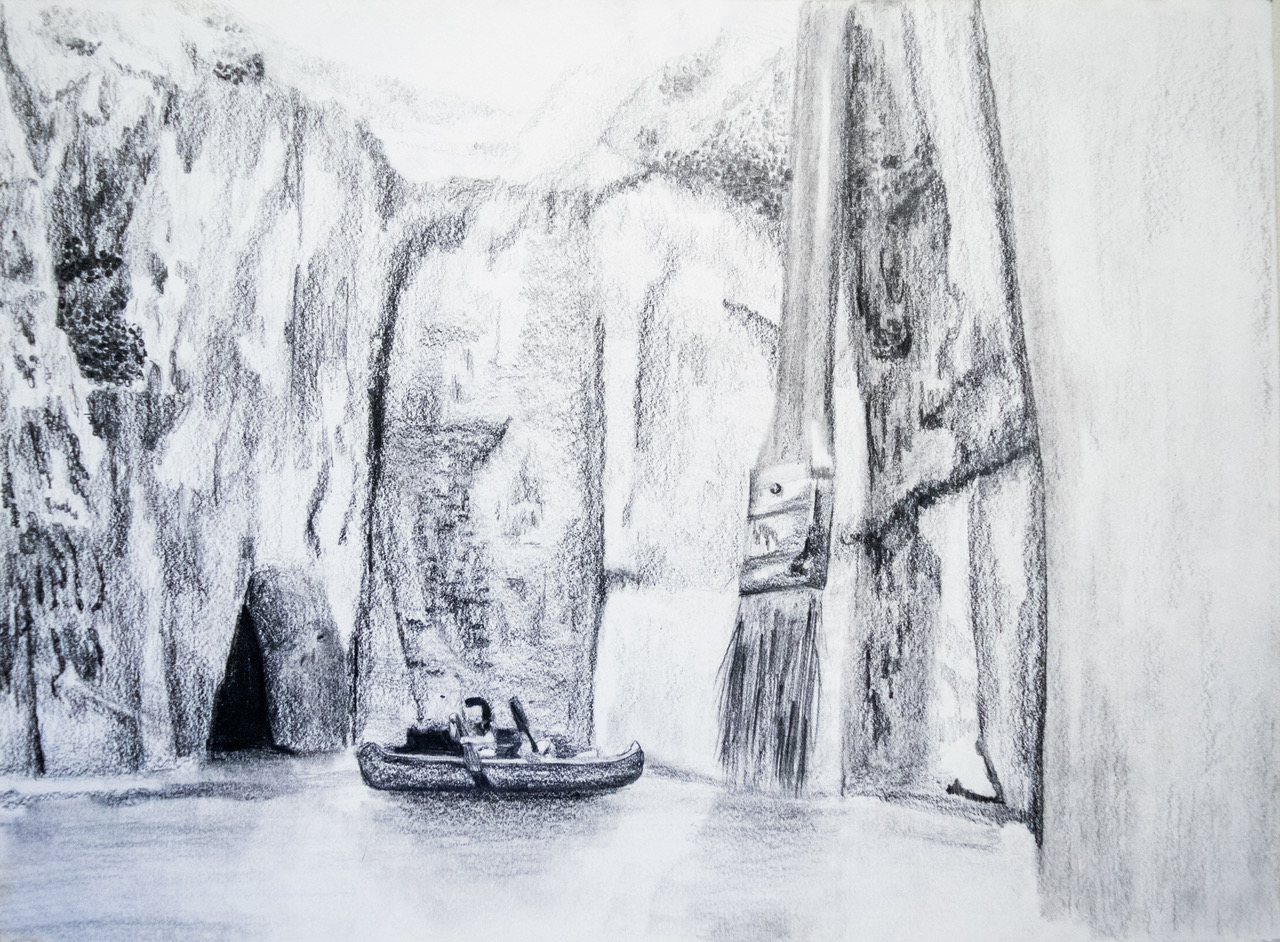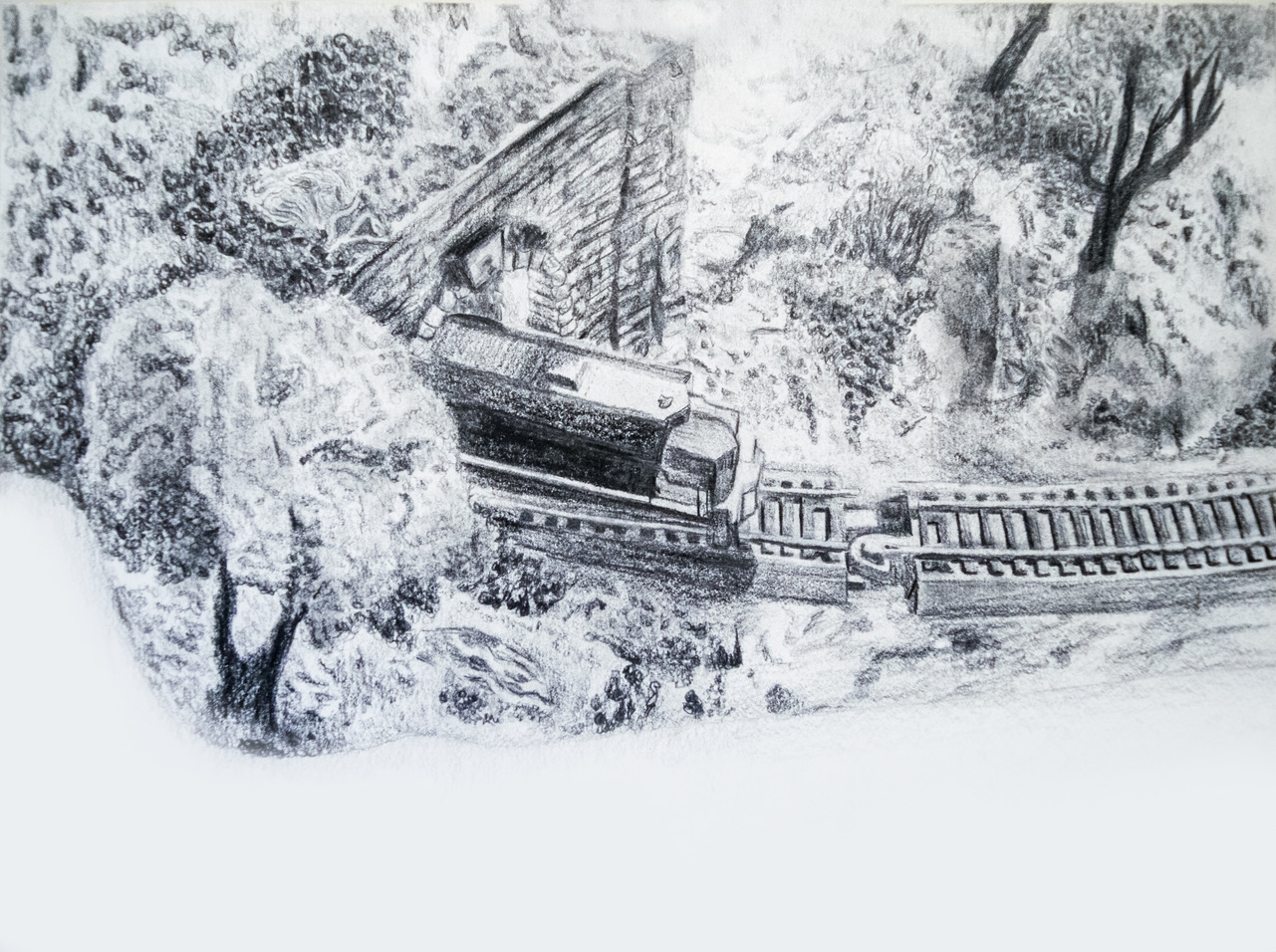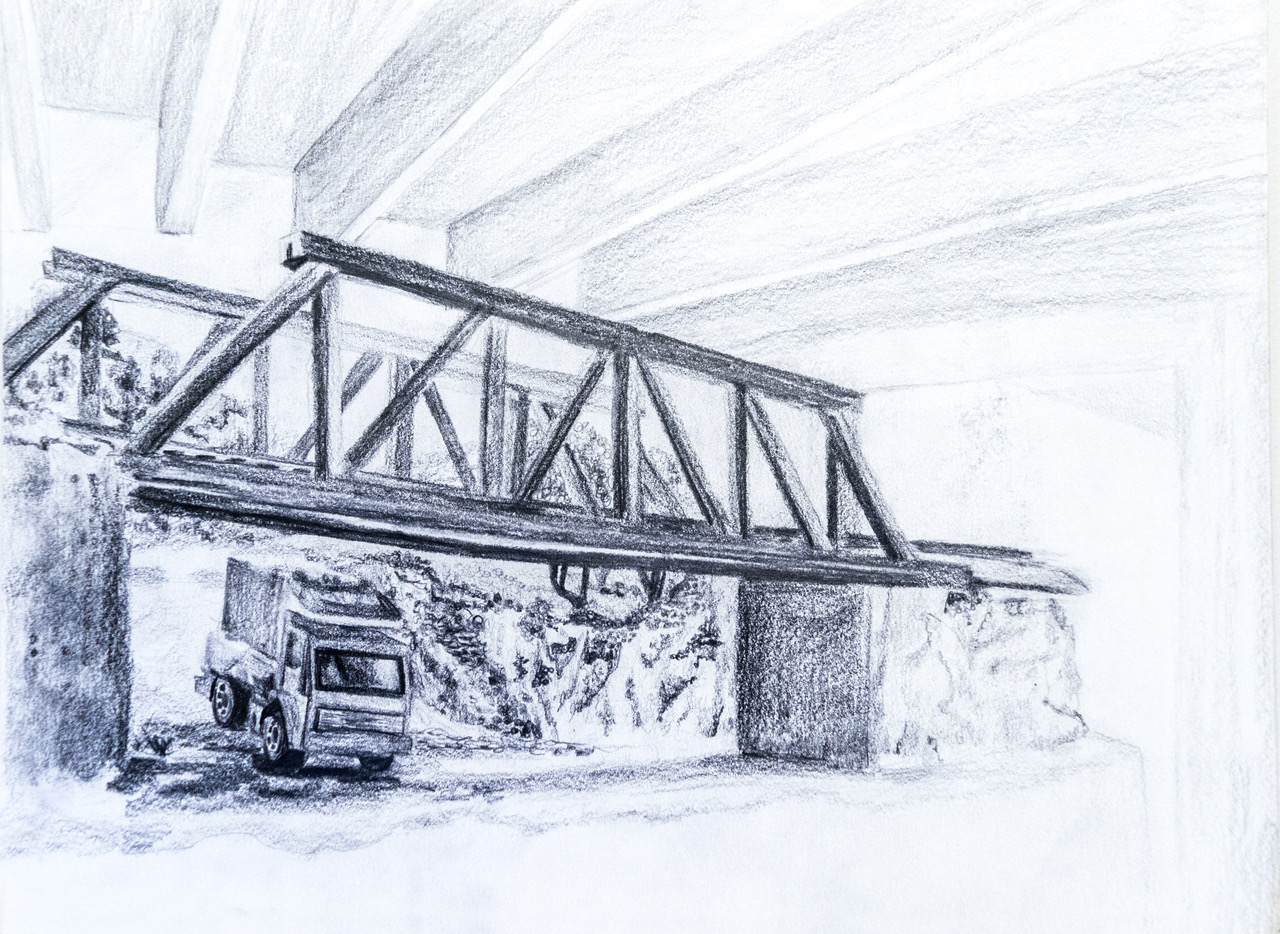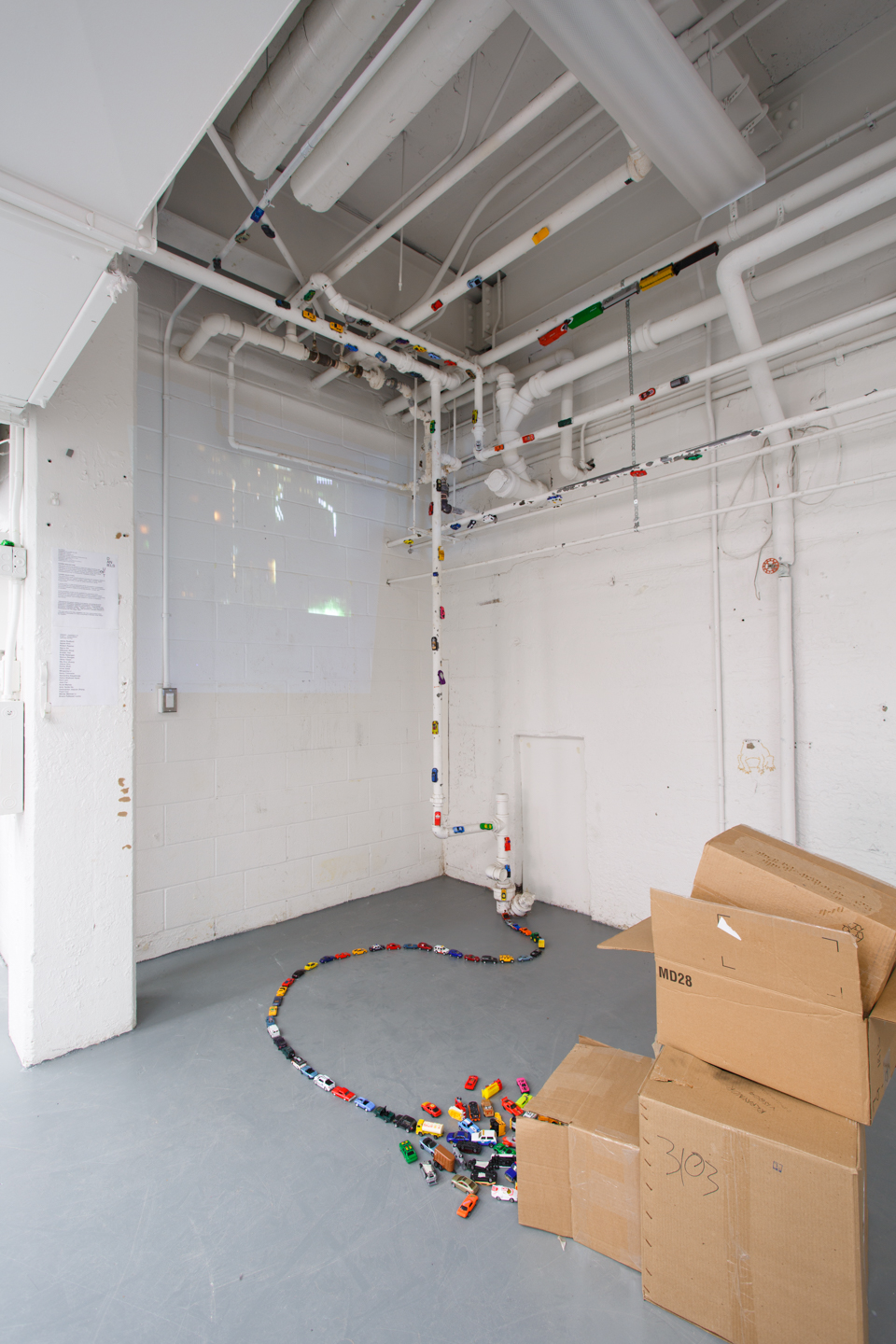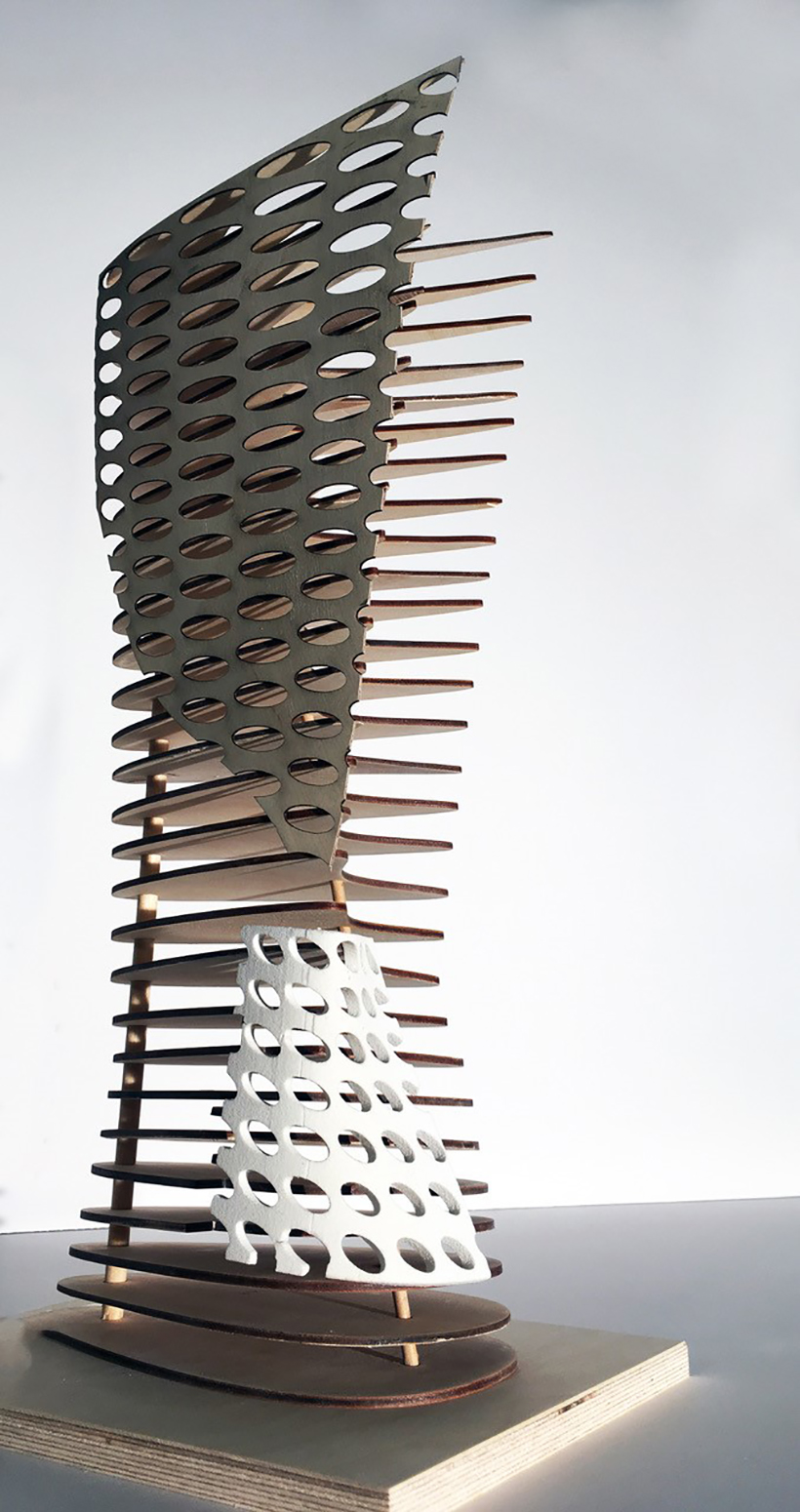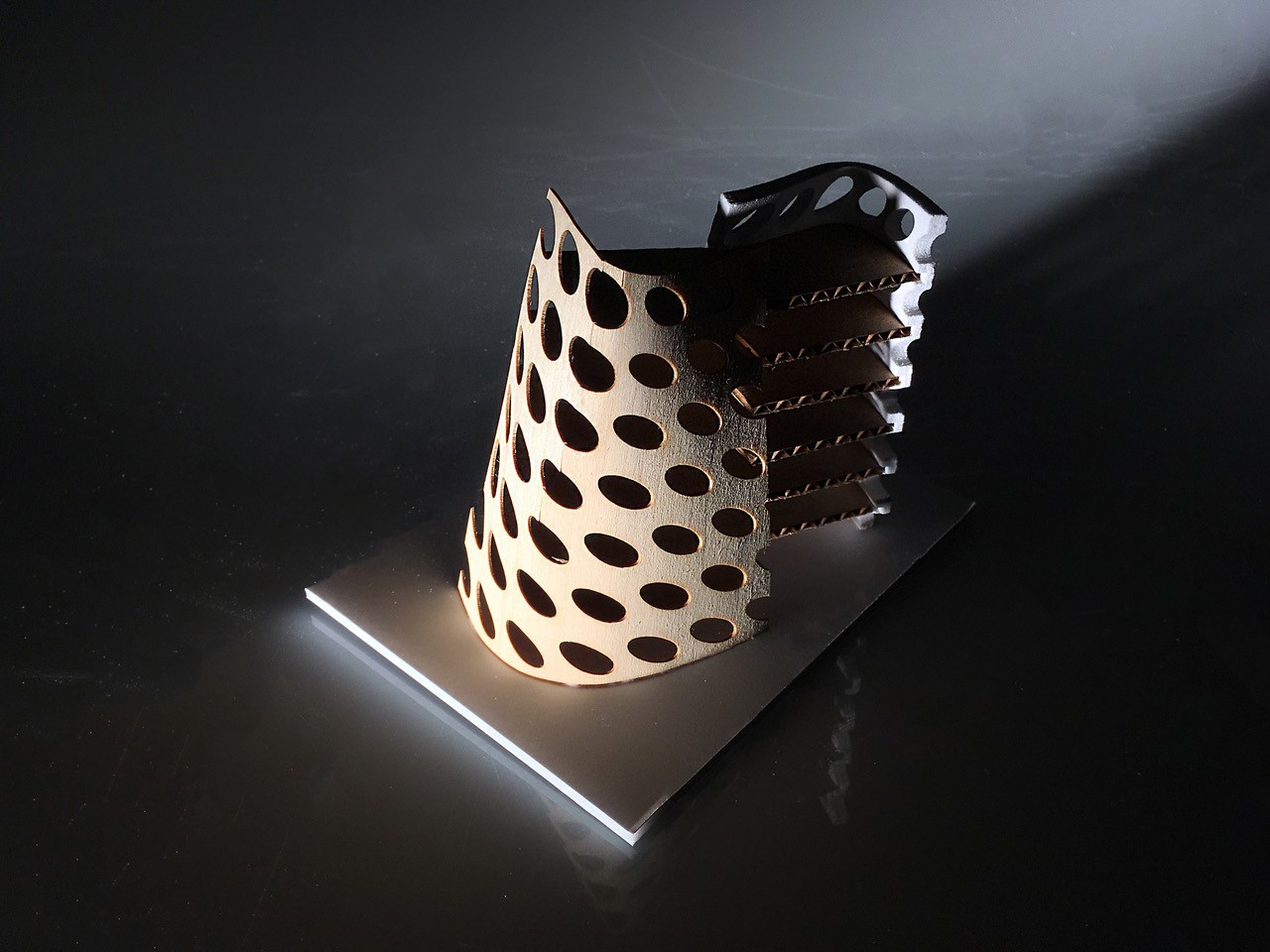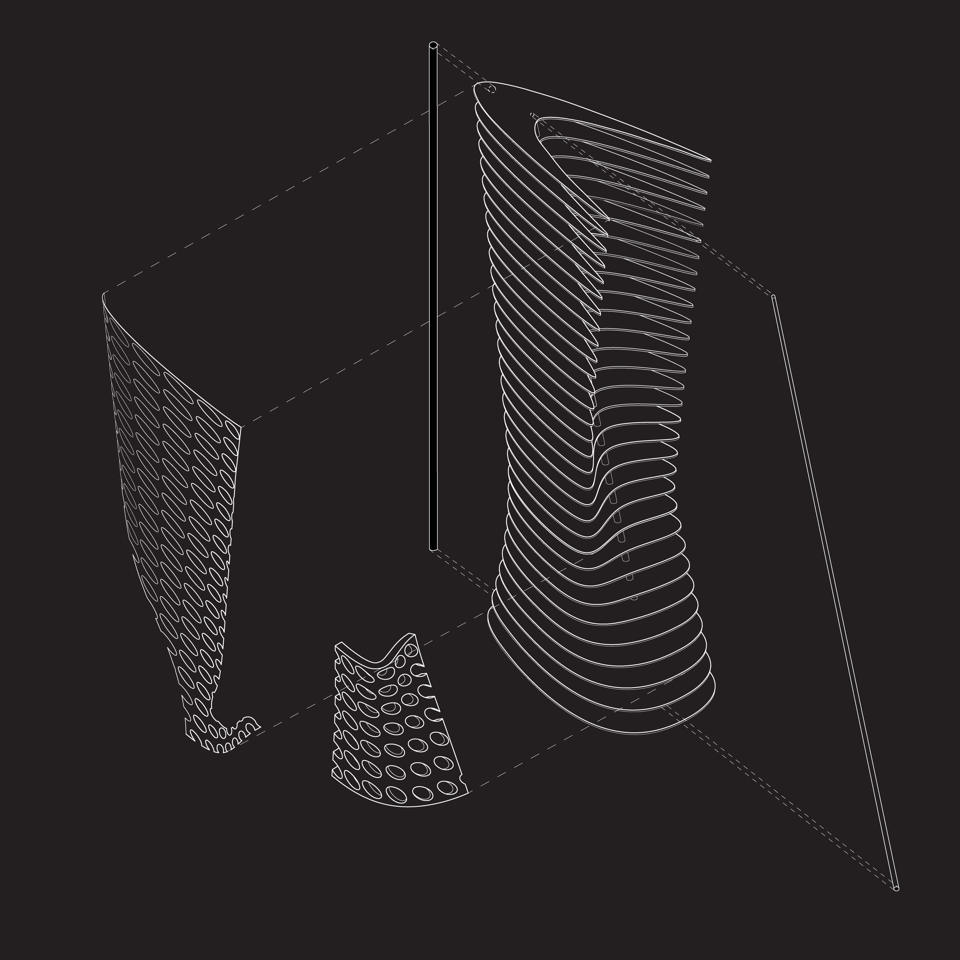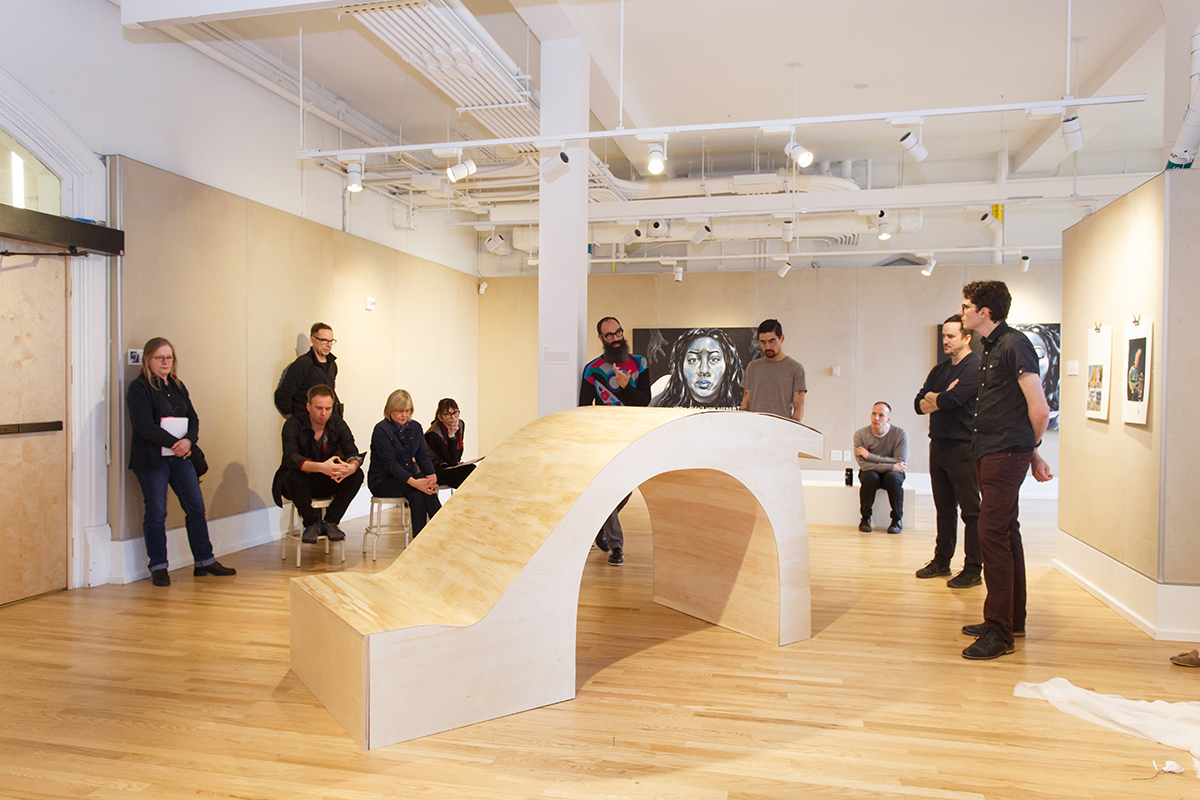13.06.18 - #DanielsGrad18: Parham Karimi
What was the most enjoyable/memorable part of your Master of Architecture degree?
I remember that when I received my admission — I was so happy. It was a really memorable moment for me. I hope that the same emotional situation happens to me in the future! I thought it was a great achievement at that time because I was being selected among the many talented students in Canada and worldwide.
What inspired your thesis topic?
The feminism movement in Islamic countries such as Morocco inspired me to work on the issue of space dichotomies in women's workspaces in remote areas of the MENA region. I traveled to southern Morocco and Central Iran to find a specific location for my thesis project and also to learn more about the women's workspaces in the rural areas in the MENA region.
In short, my thesis project tackles issues of politics, the experience economy, and women's empowerment within the spatial arrangement of handicraft cooperatives in rural areas, in the face of the fast-growing tourist industry in the Guelmim region (located in southern Morocco).
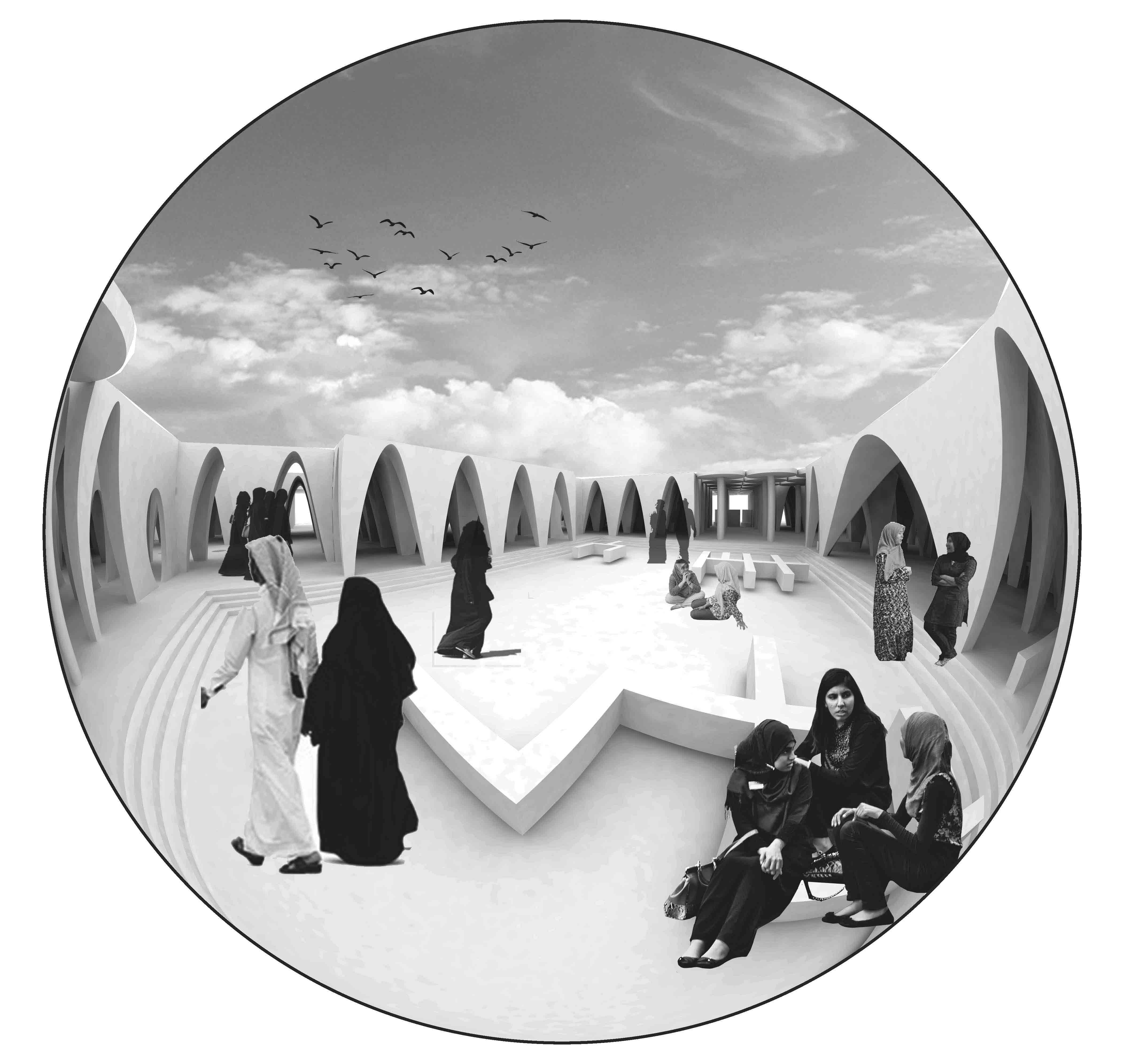
What is a piece of advice you would say to a prospective student?
Many students do not believe in themselves because they have no idea how talented they are! I recommend students to rely on and believe in their skills and beliefs. In my opinion, the future of every country in the world is constructed by university students. Being at school is the proper time to reconstruct, construct, and revise old and new ideas and strategies for the future.
What are your plans after graduation?
My long-term plan after graduation is to establish my own business to help people to live in better conditions by providing them with better design solutions. I hope this dream comes true soon!
::::::::::::::::::::::::
Convocation for #UofTDaniels students is on June 14. This month we are featuring our graduates, including their work, their memories, and their advice for new students. Follow #DanielsGrad18 for more!


